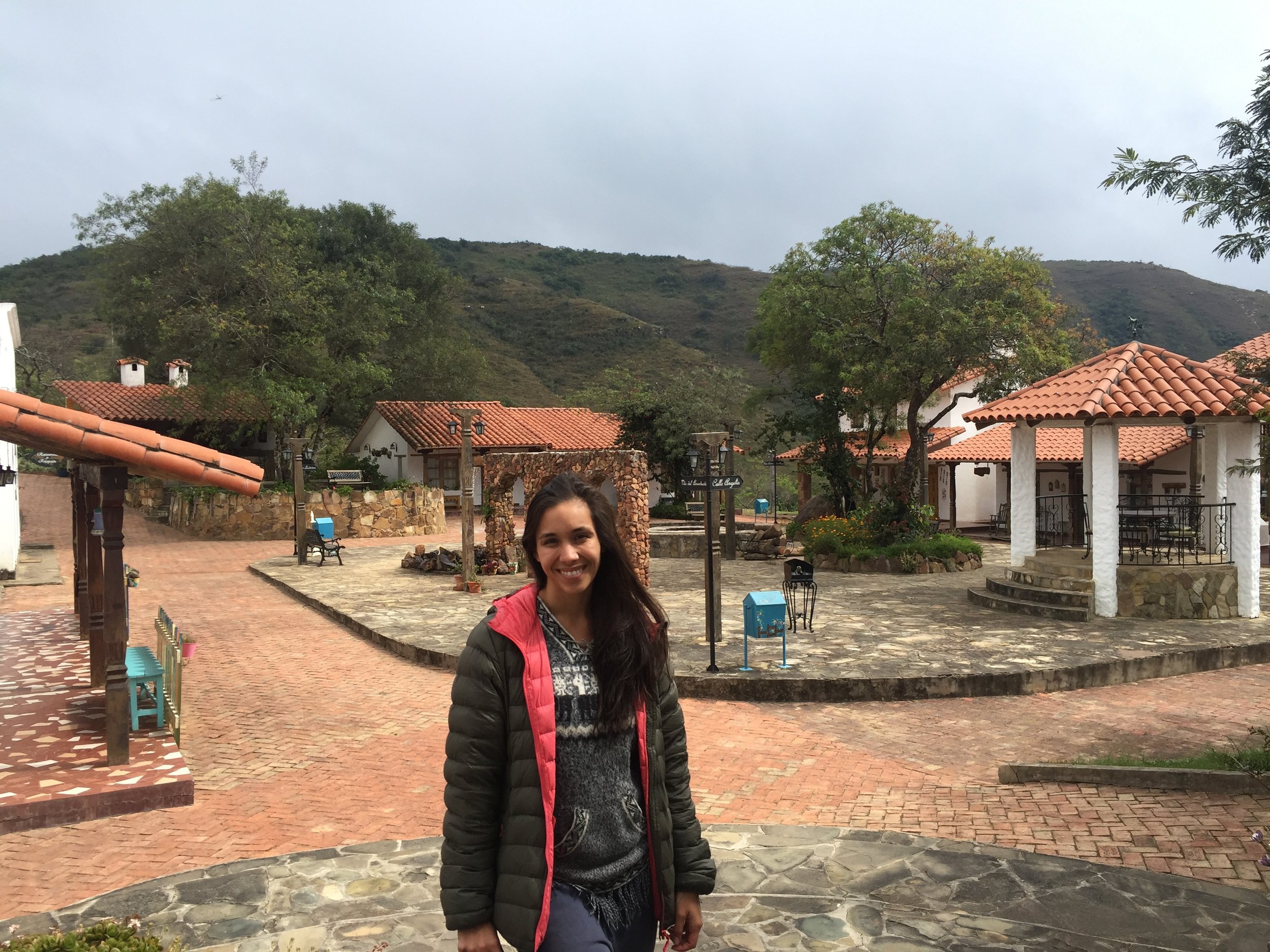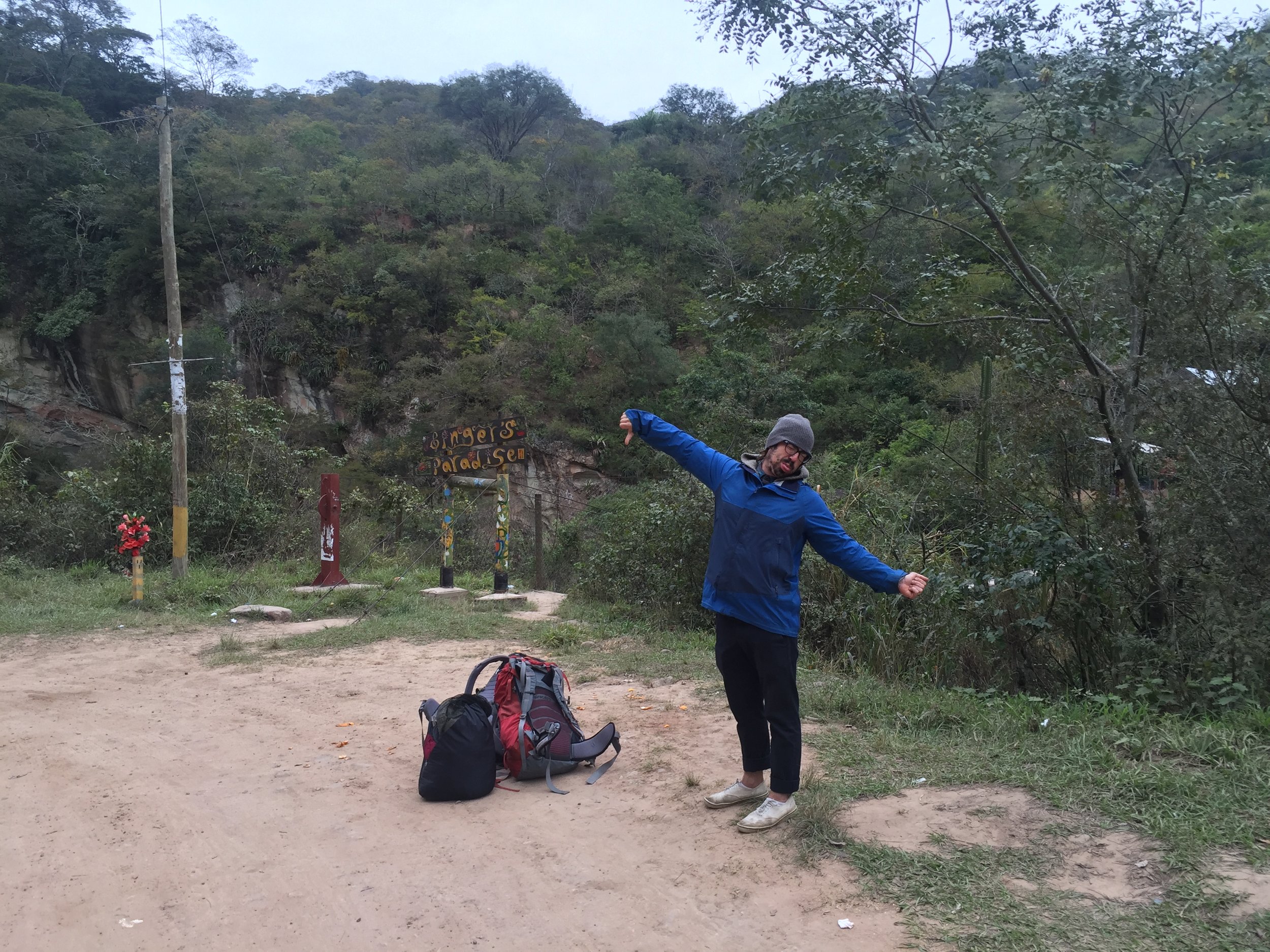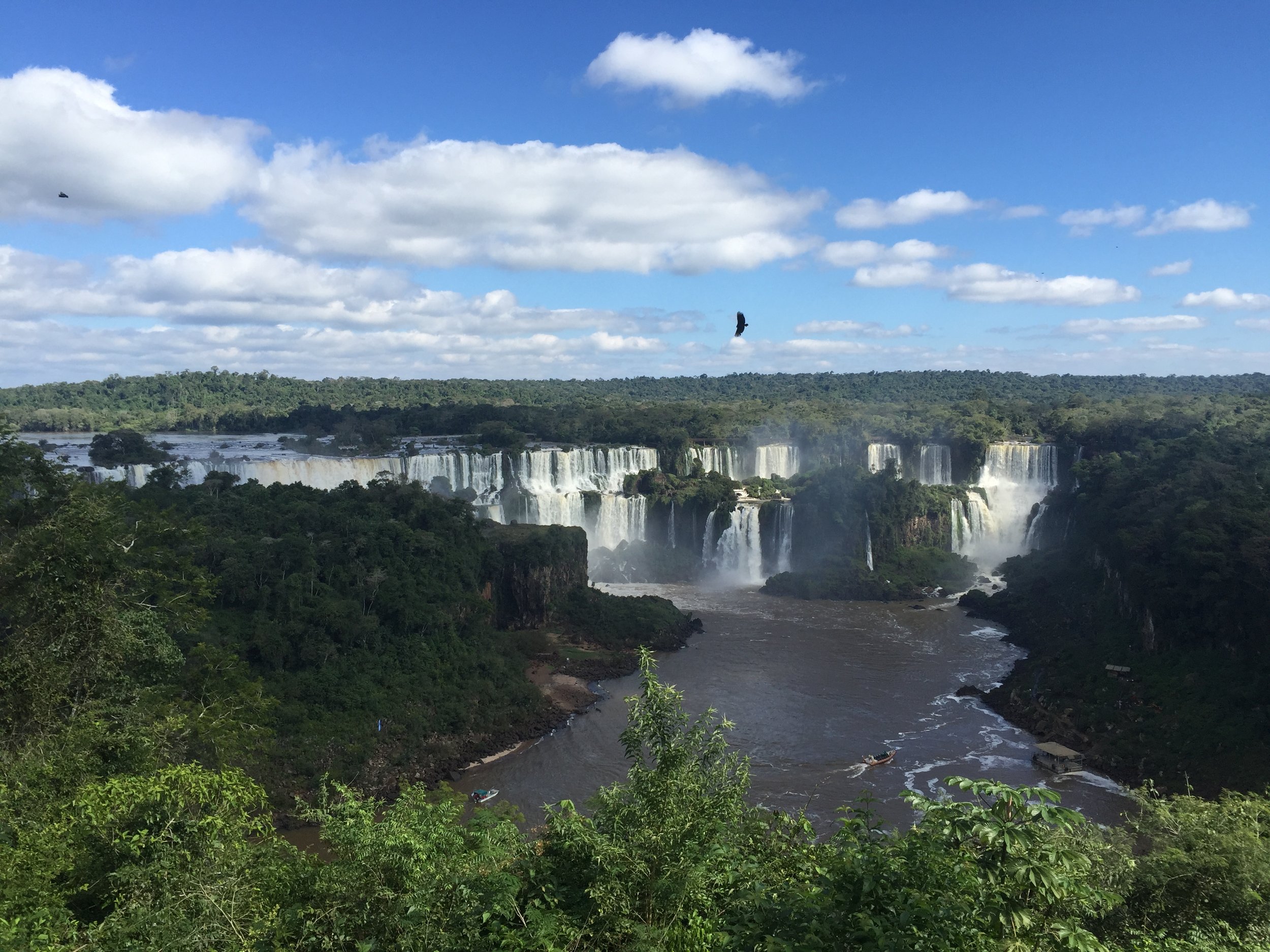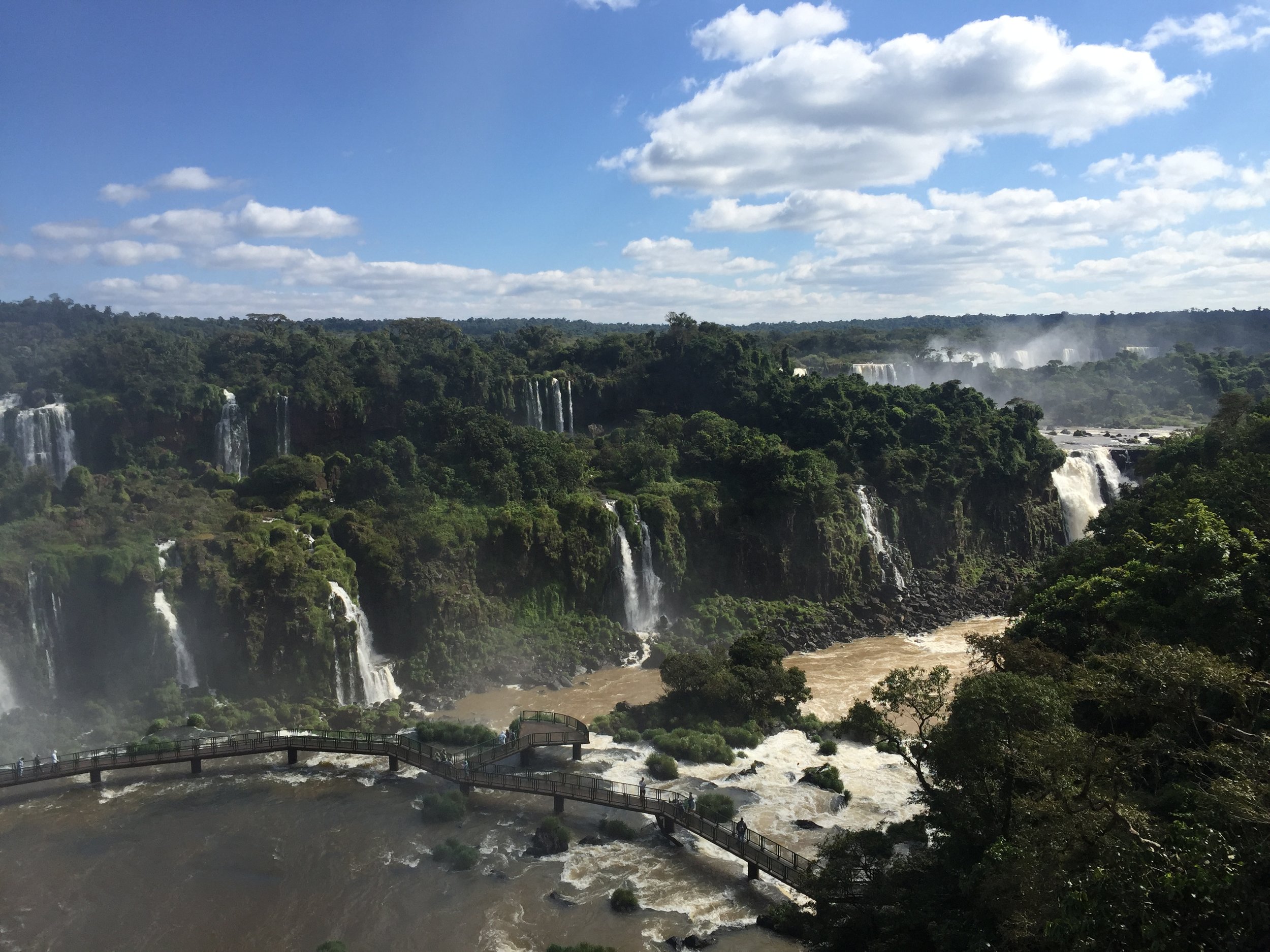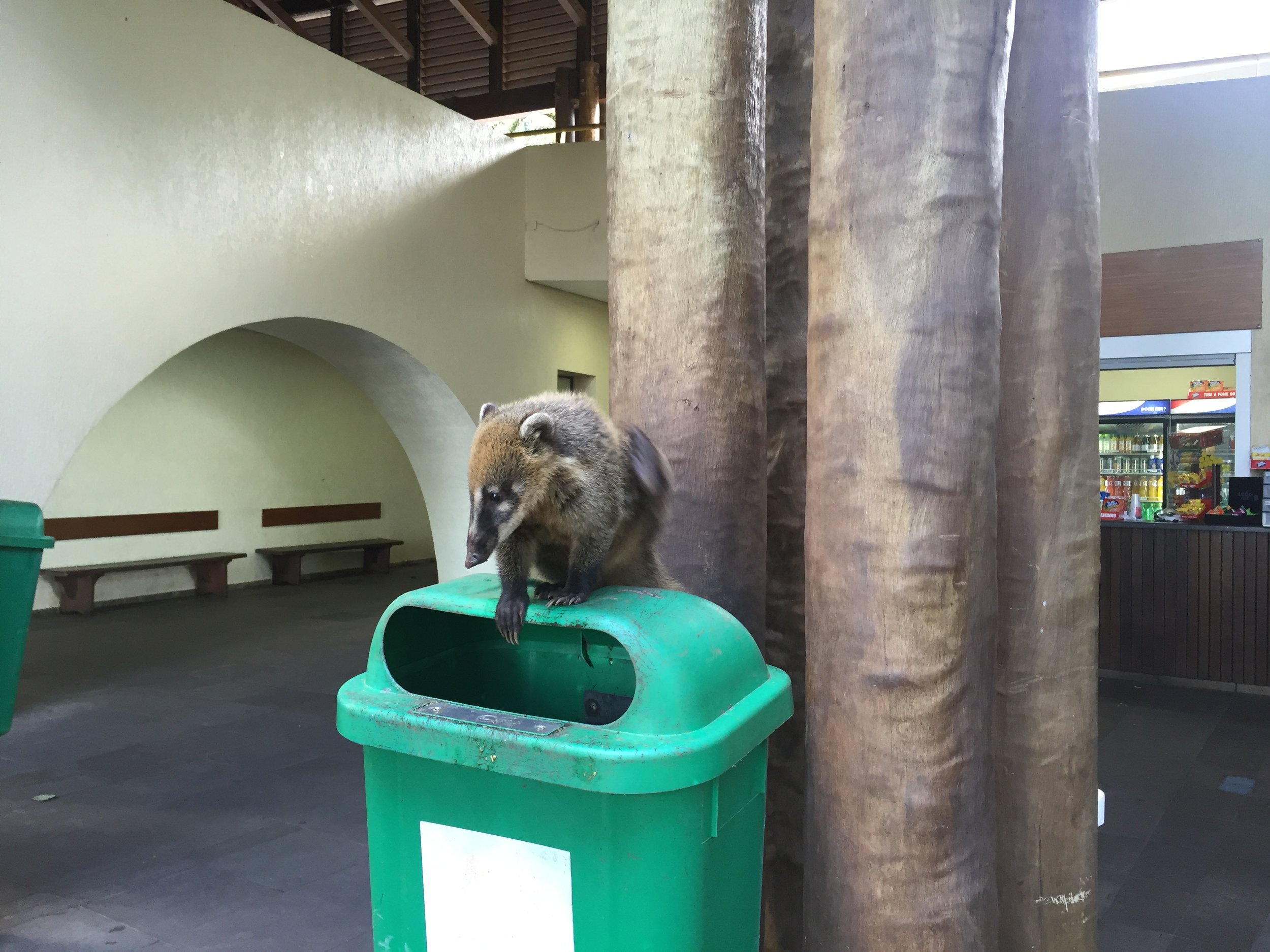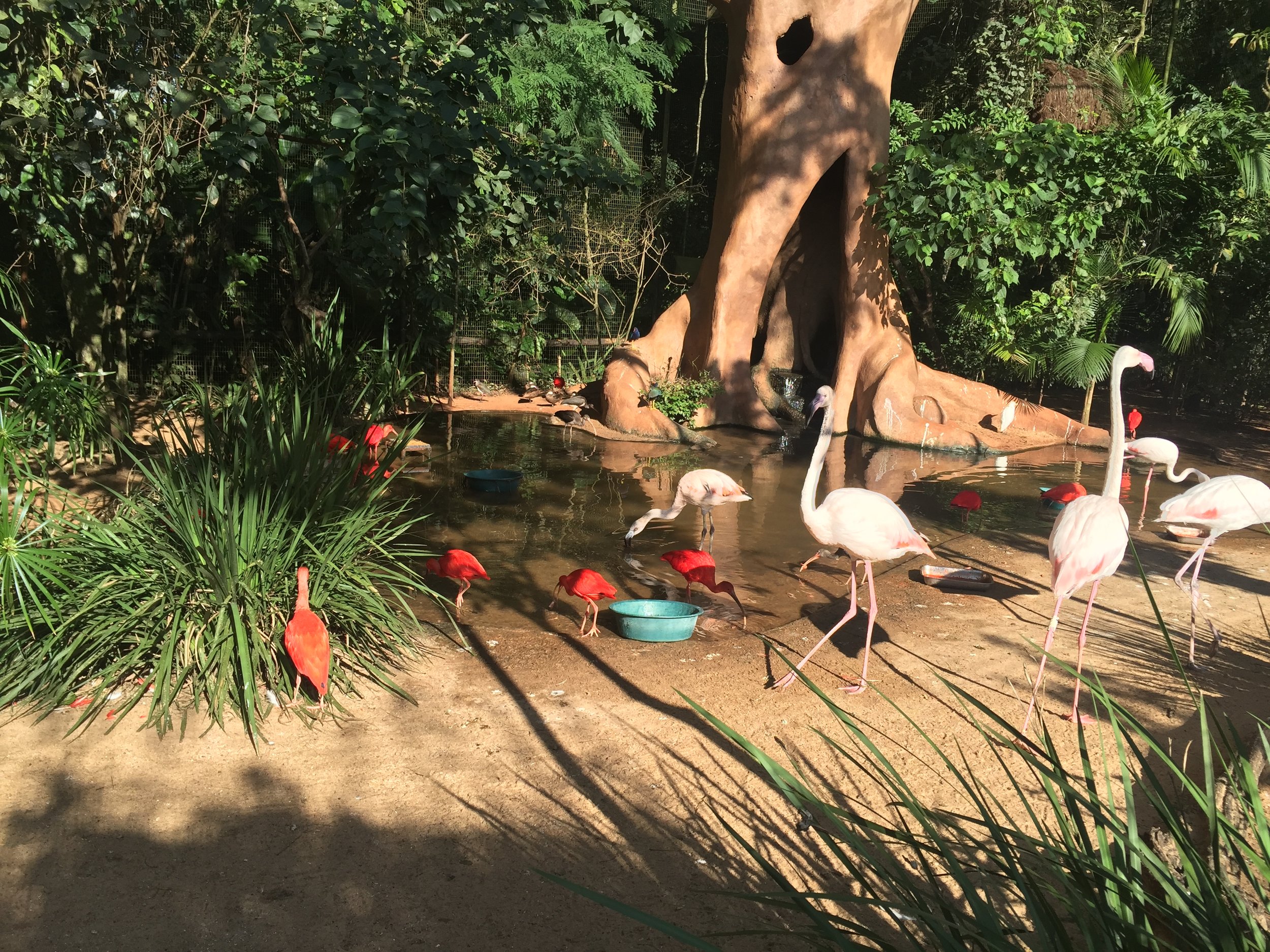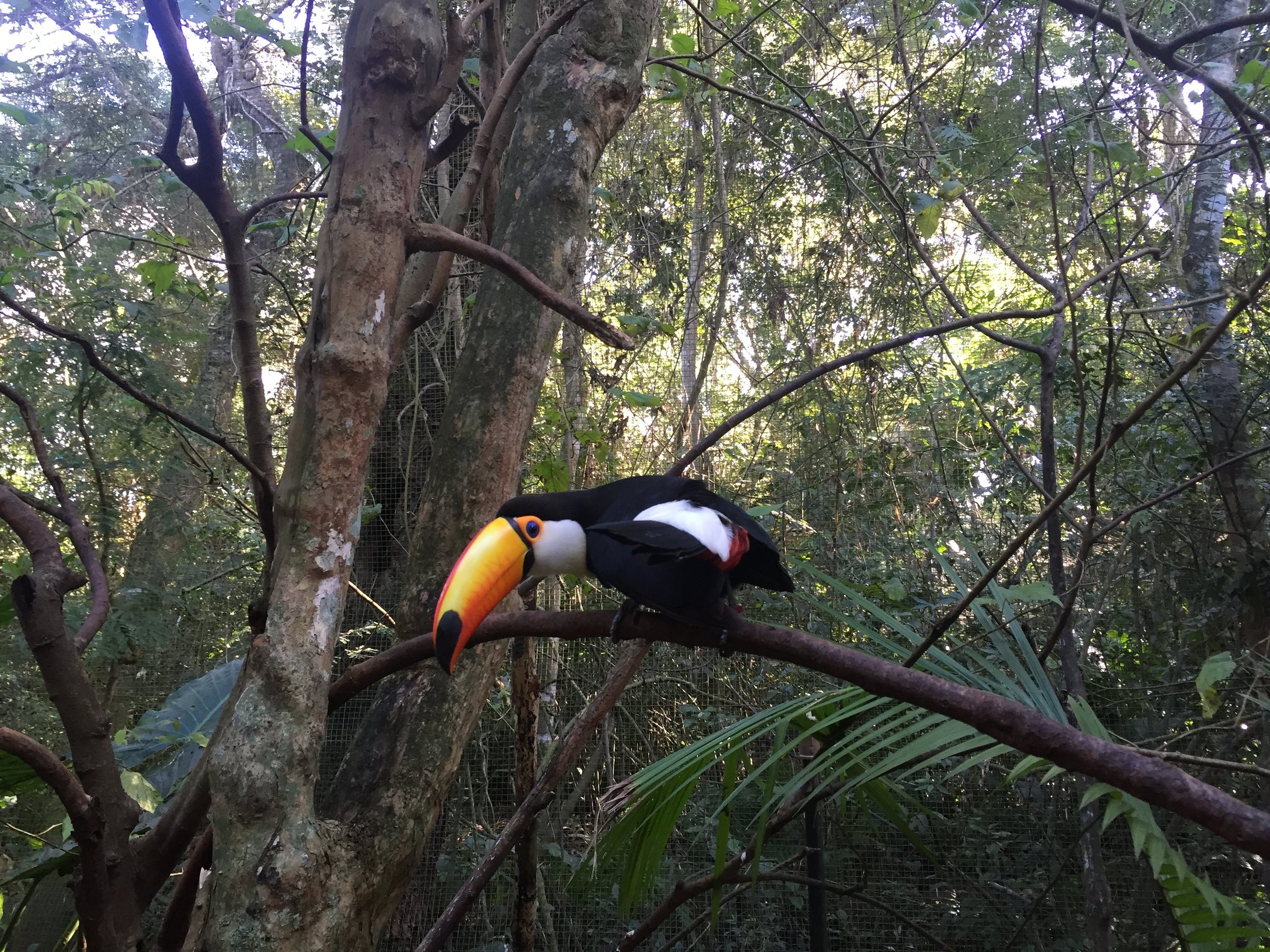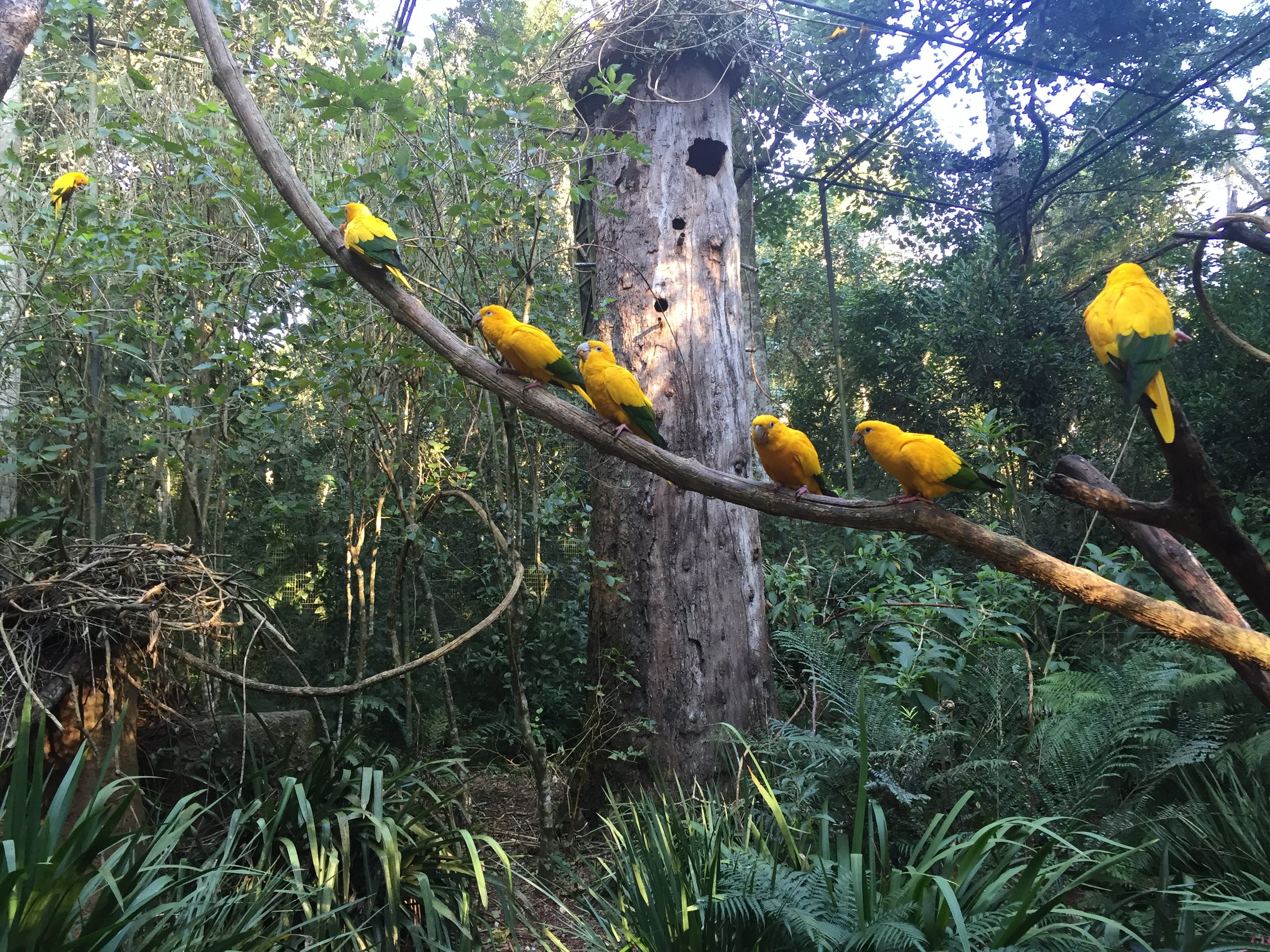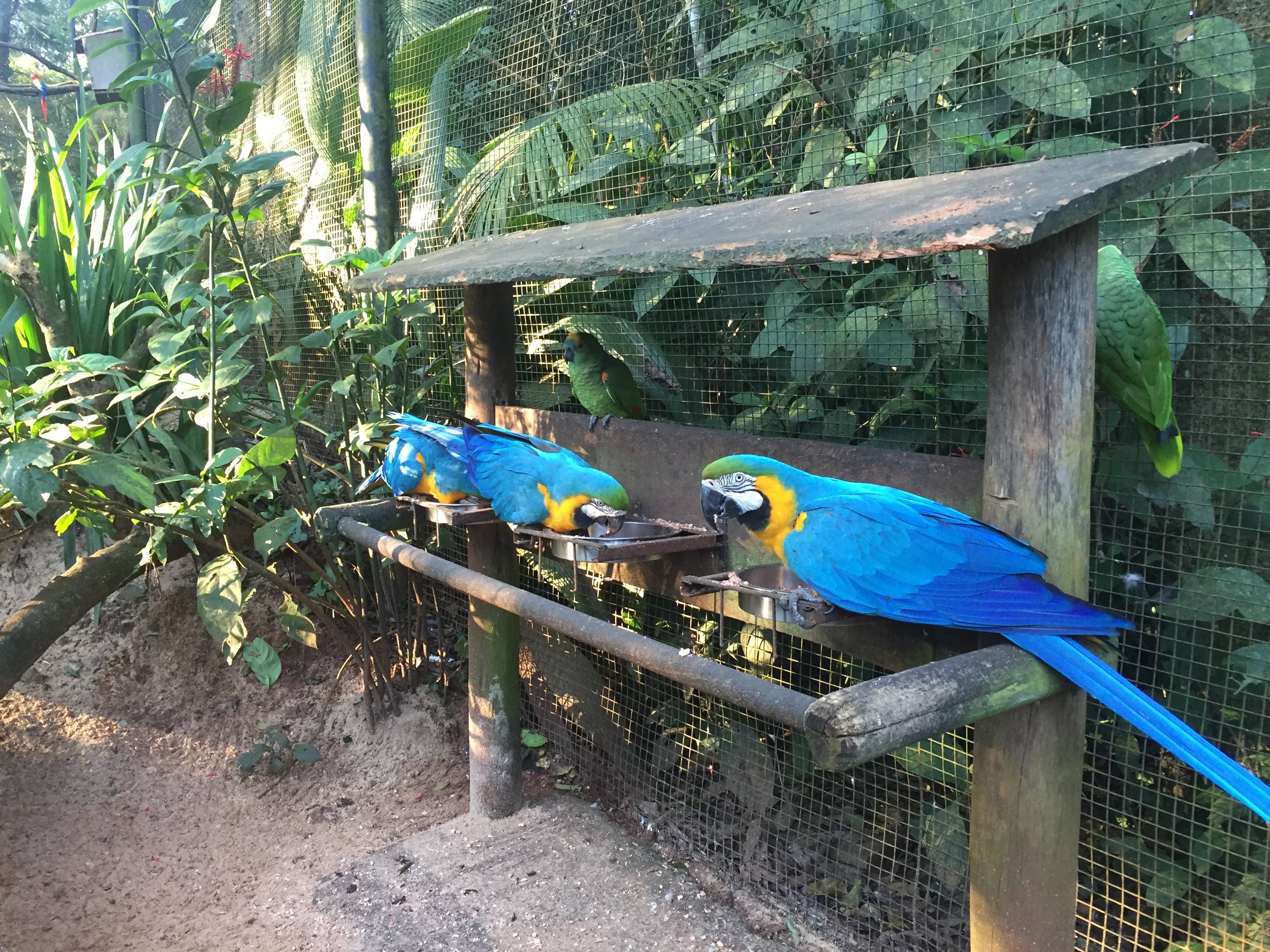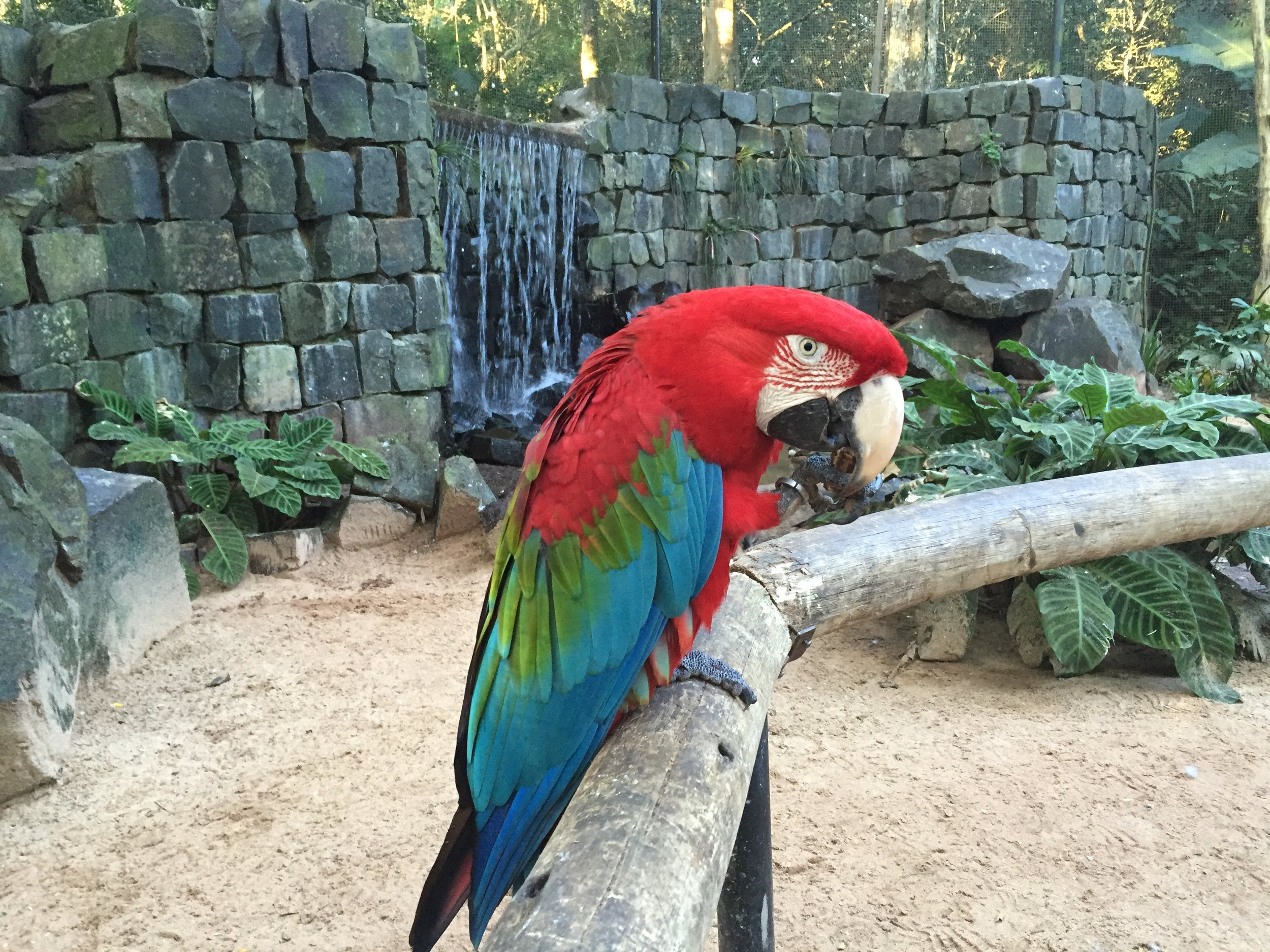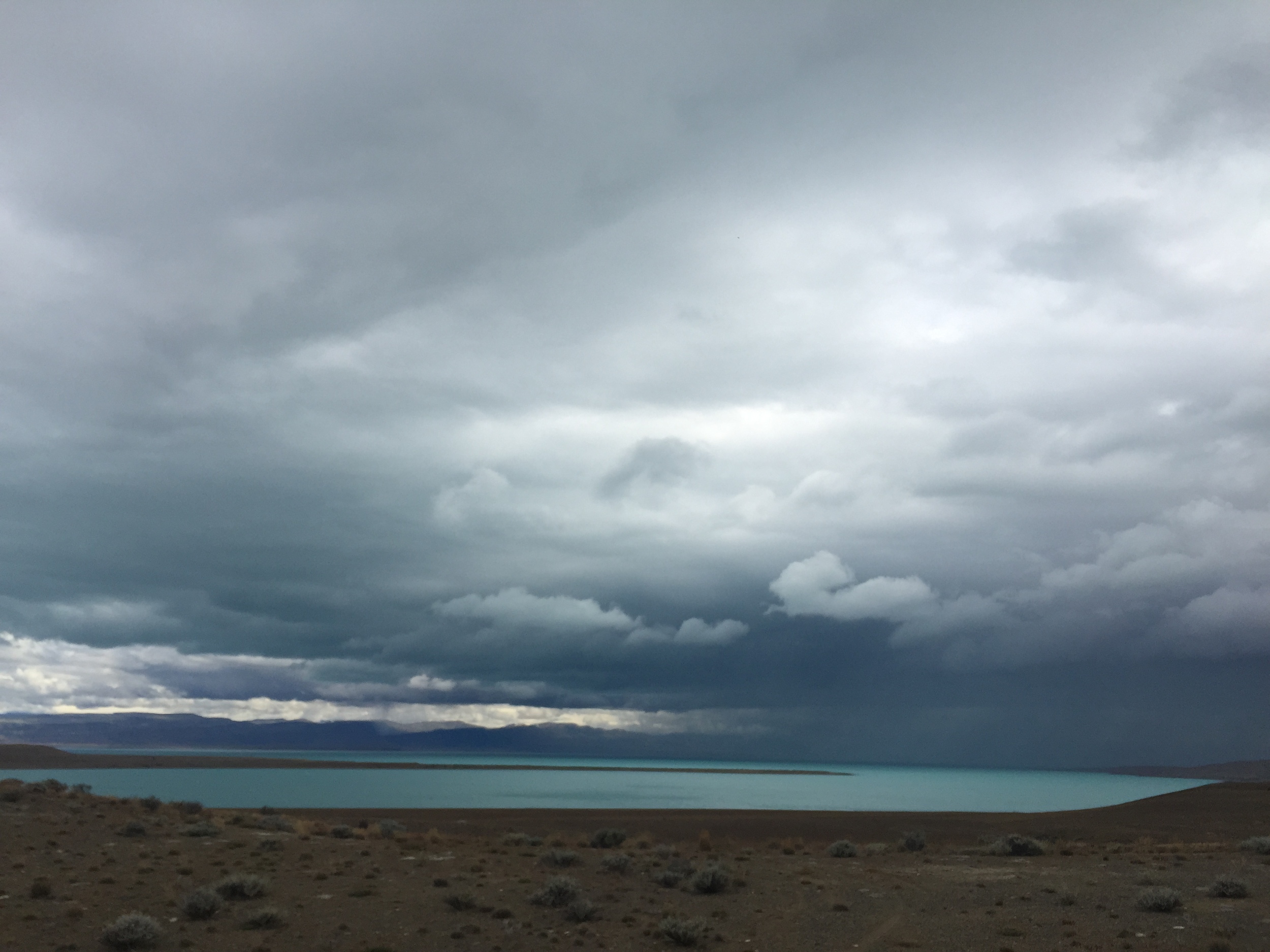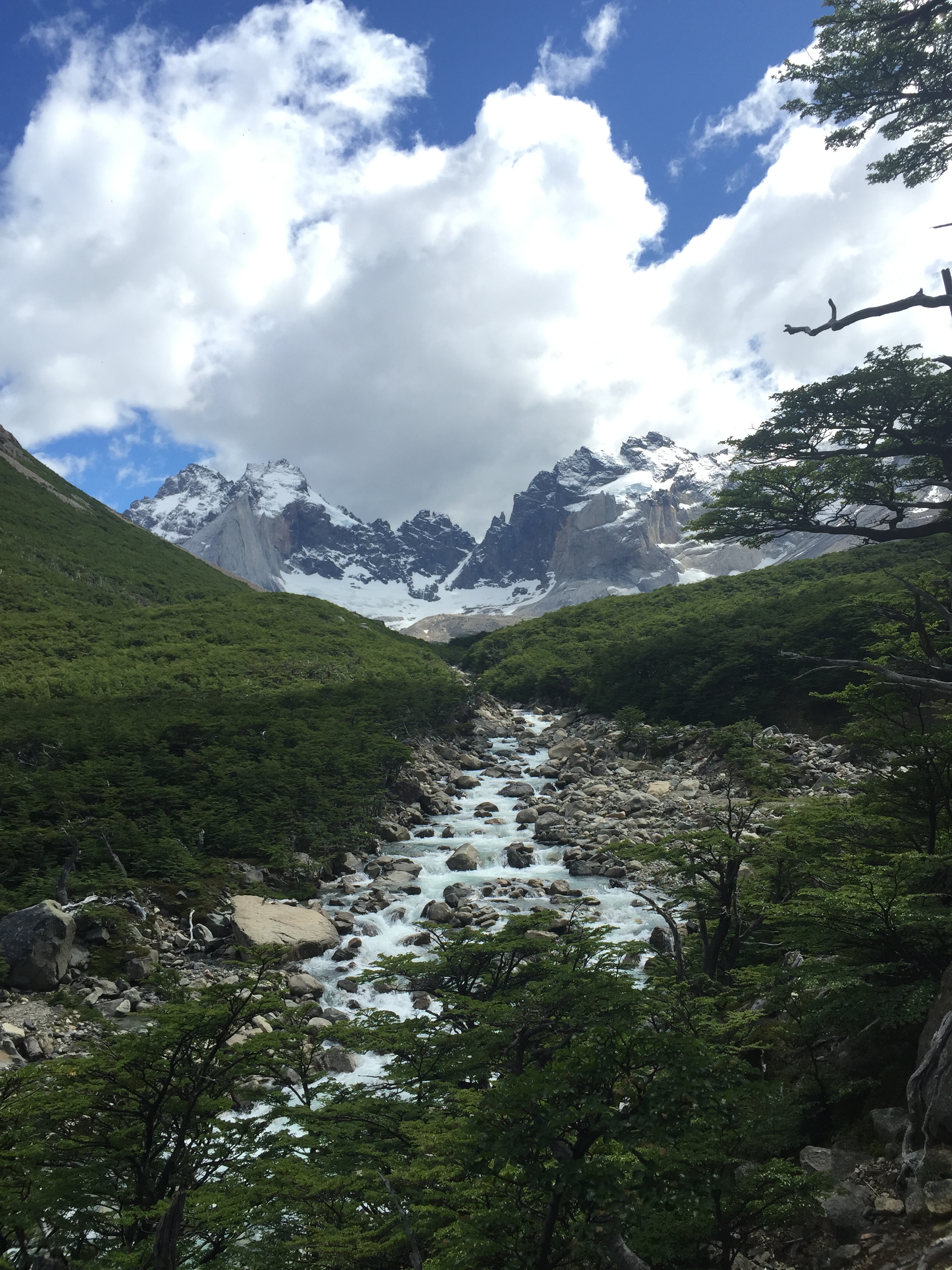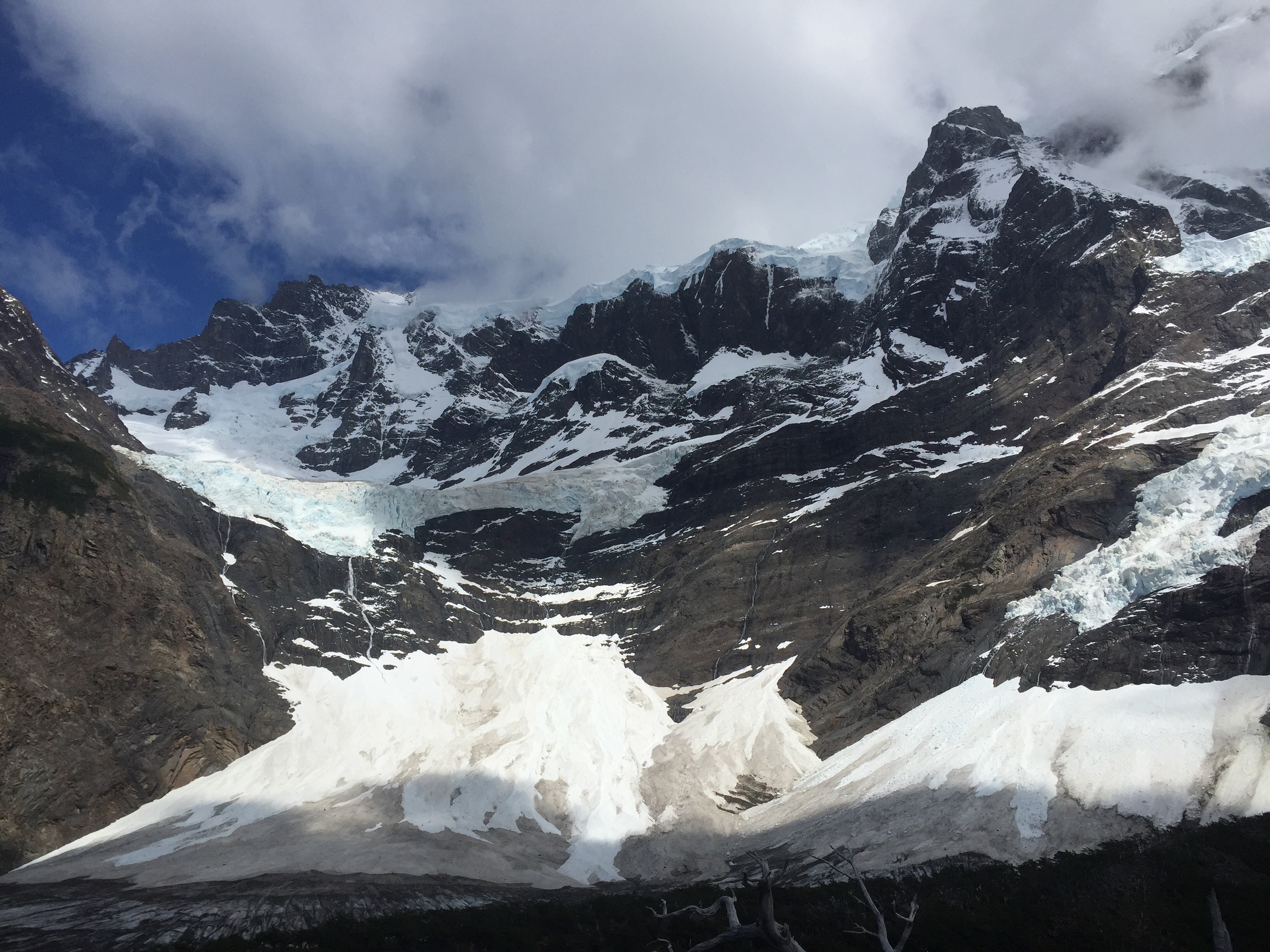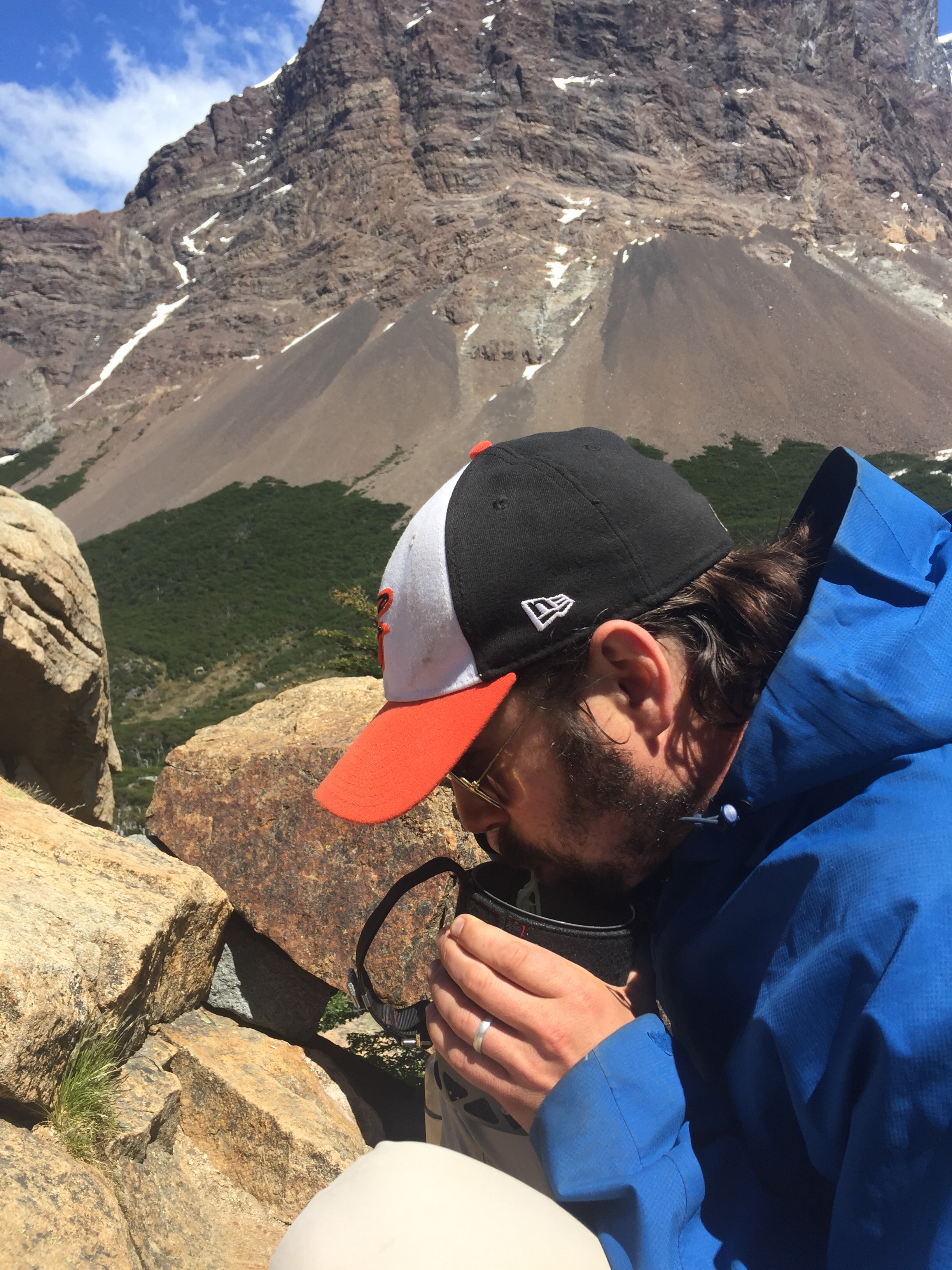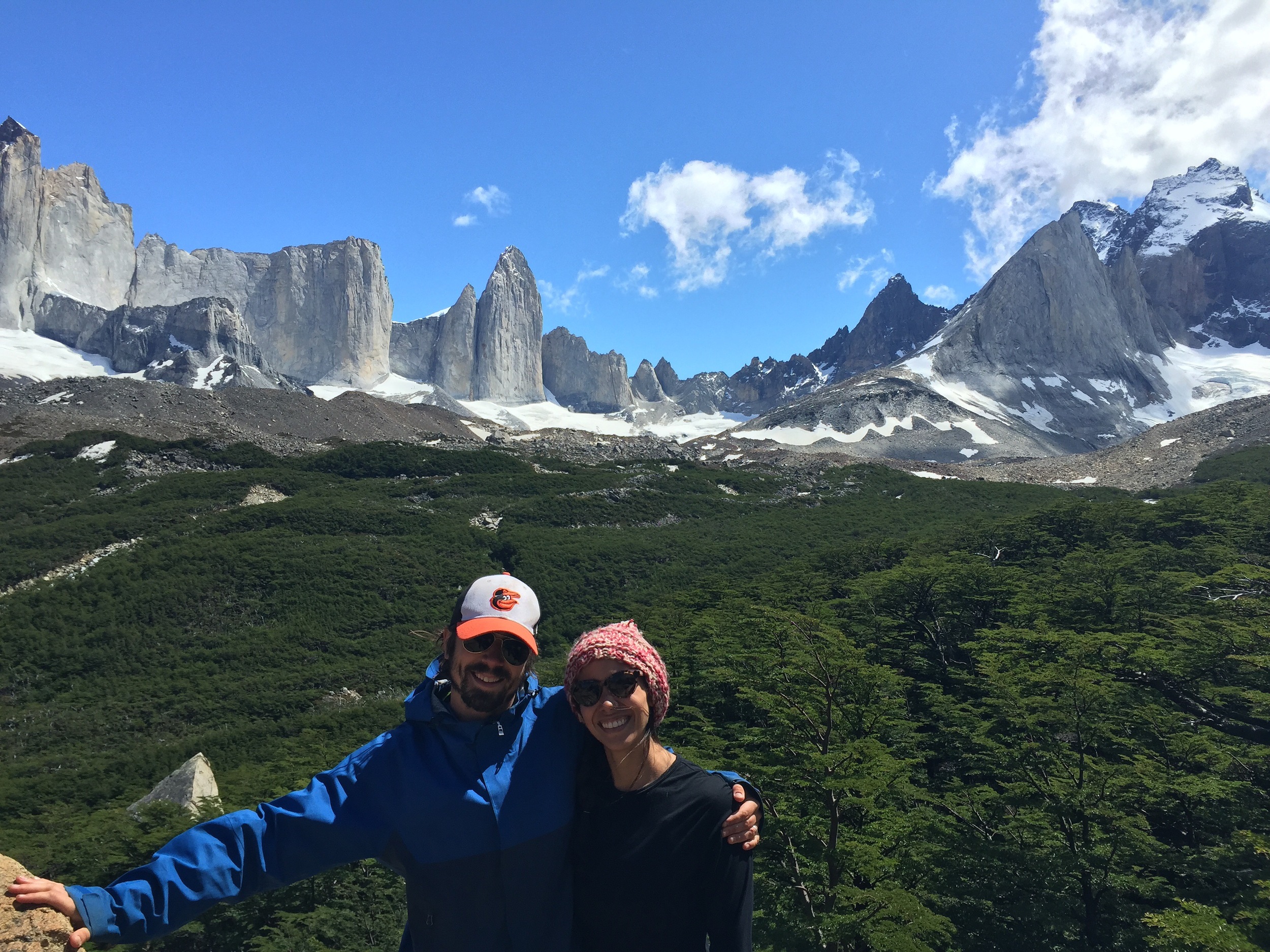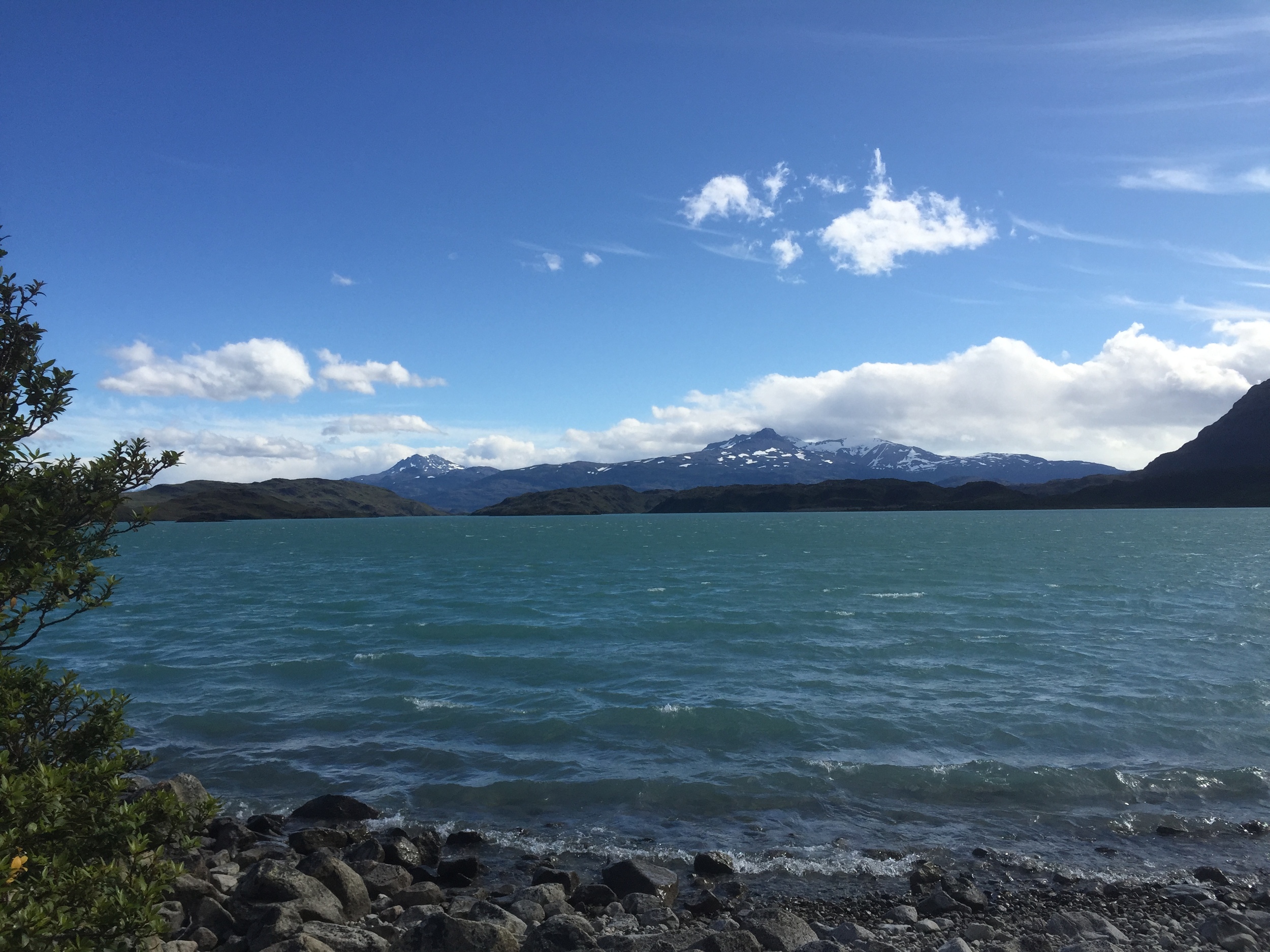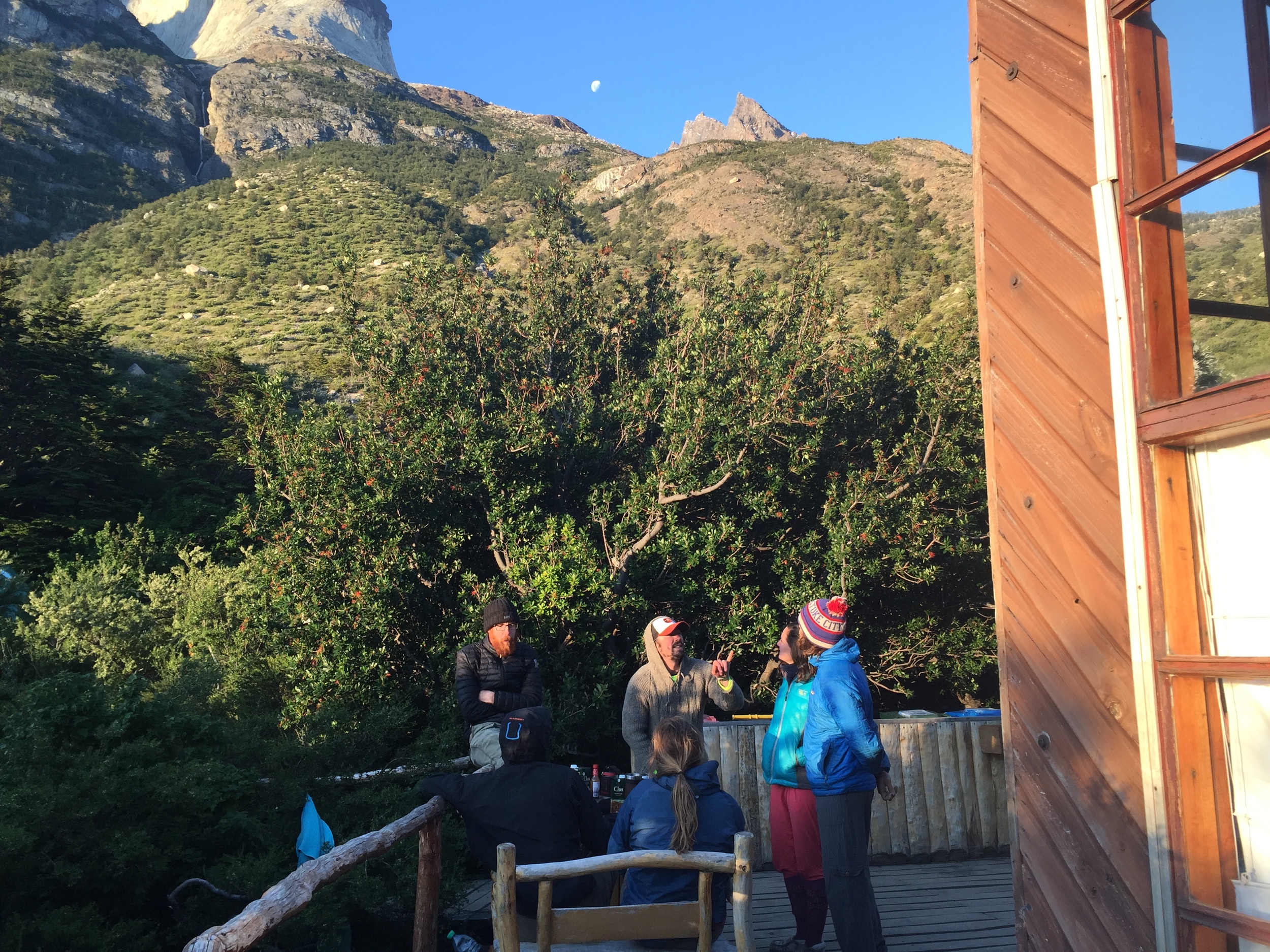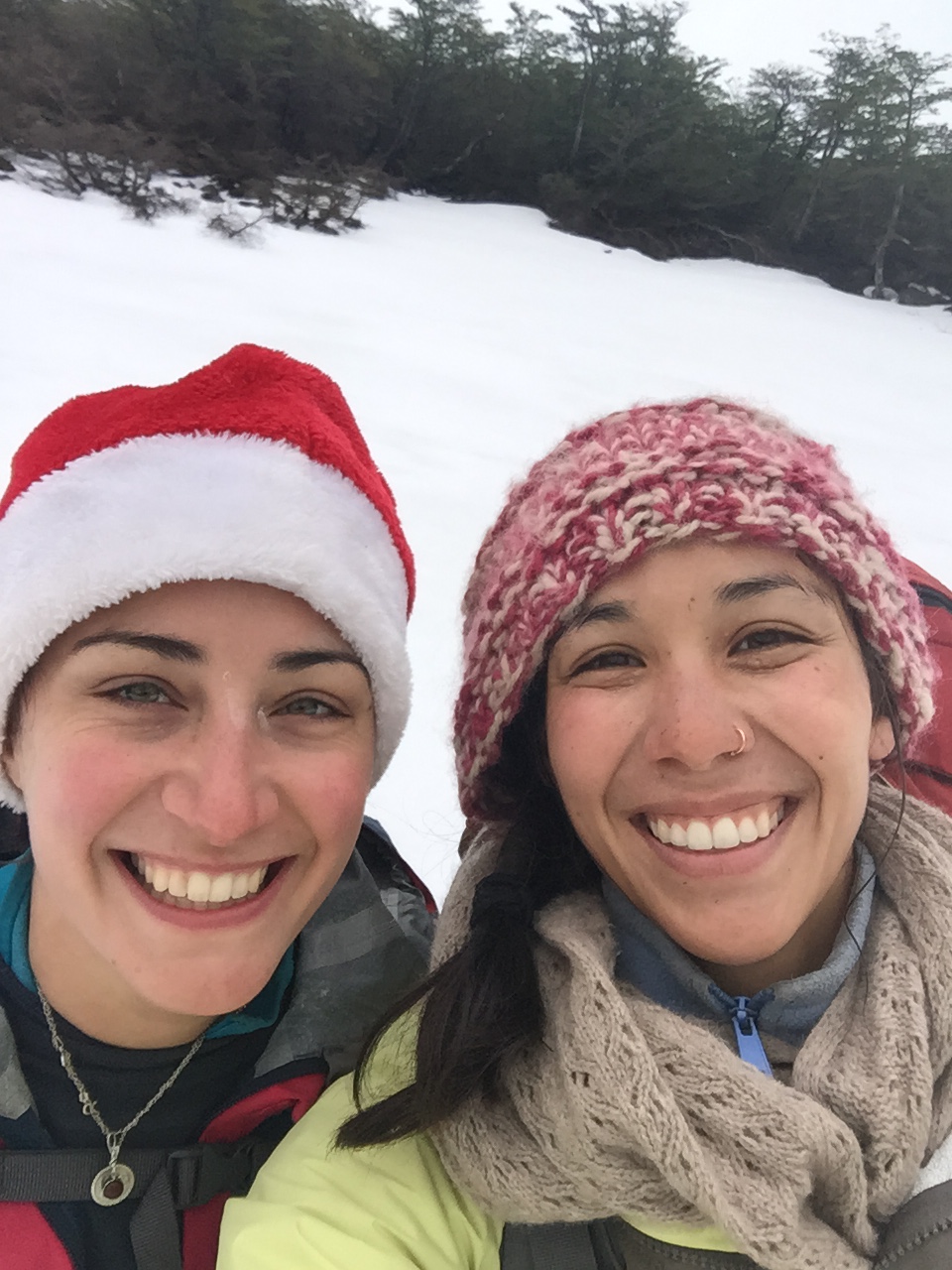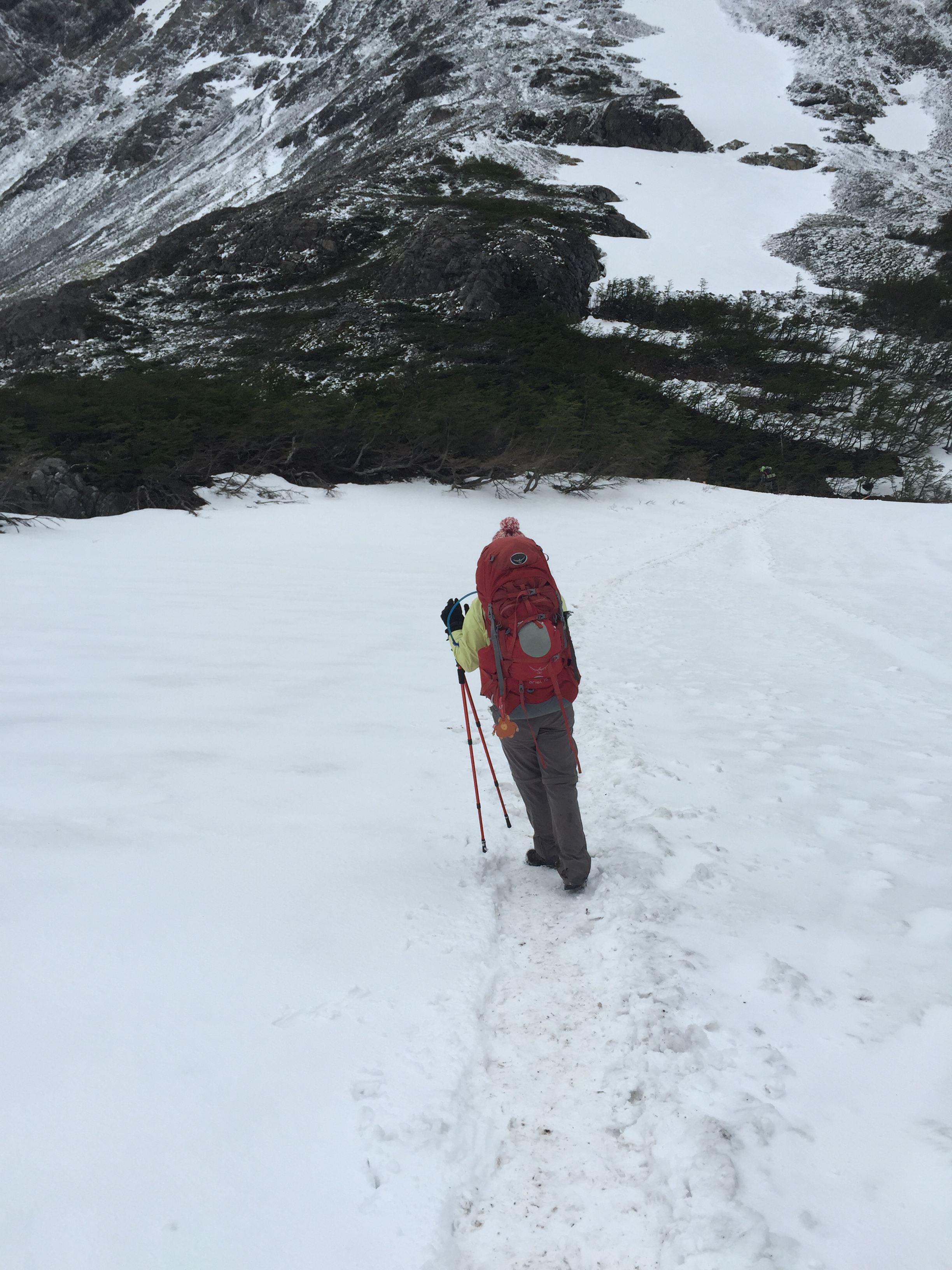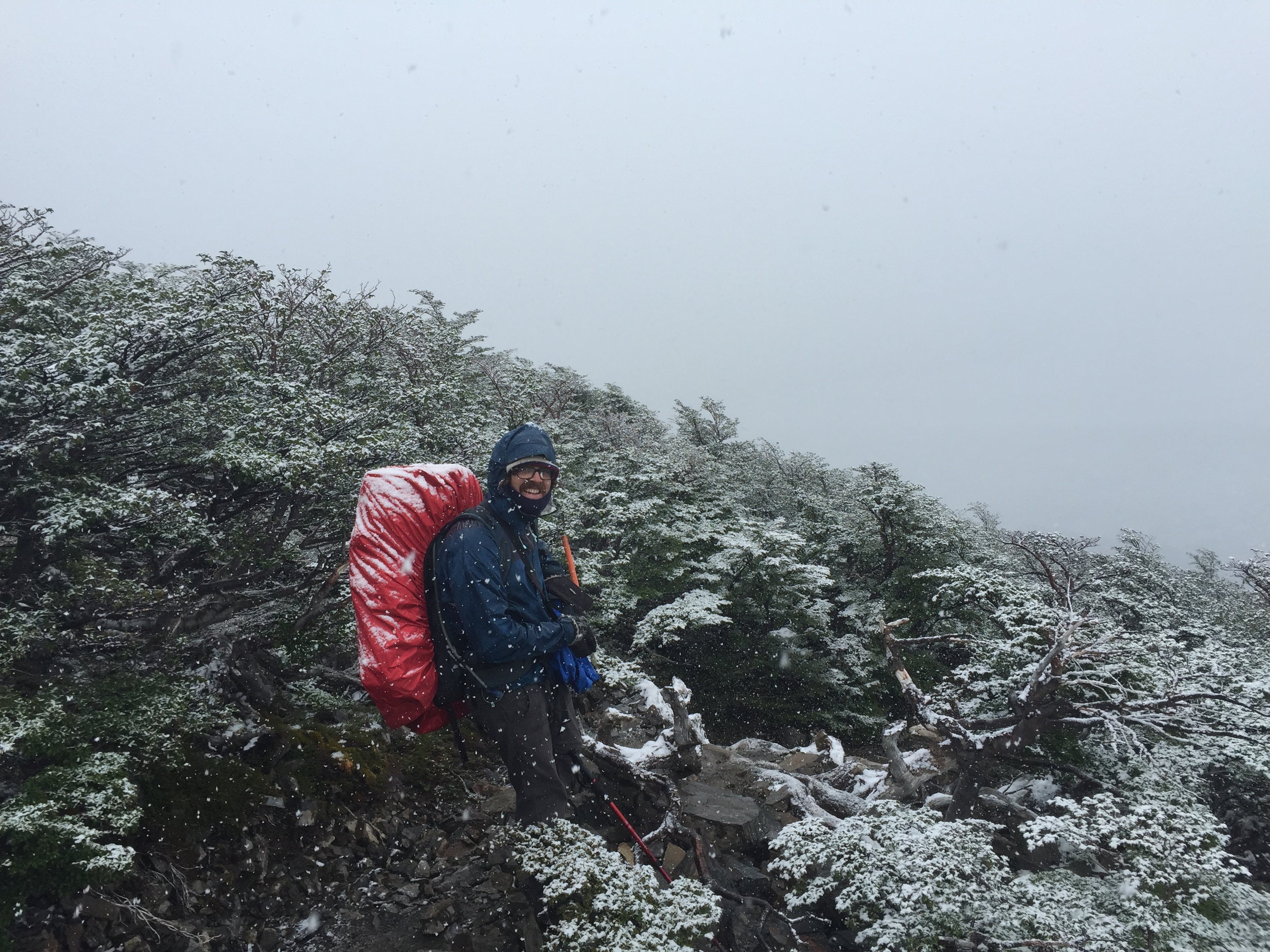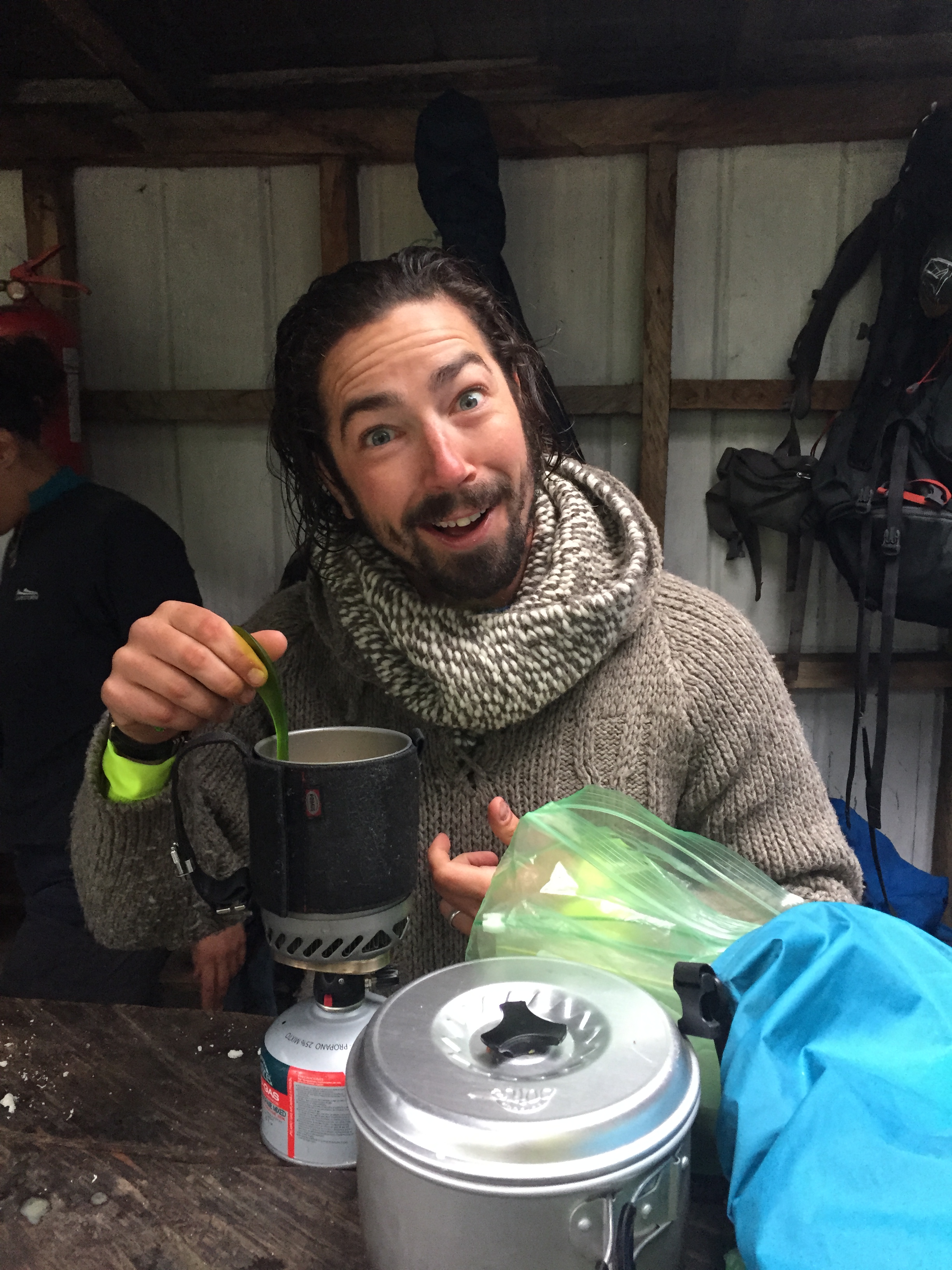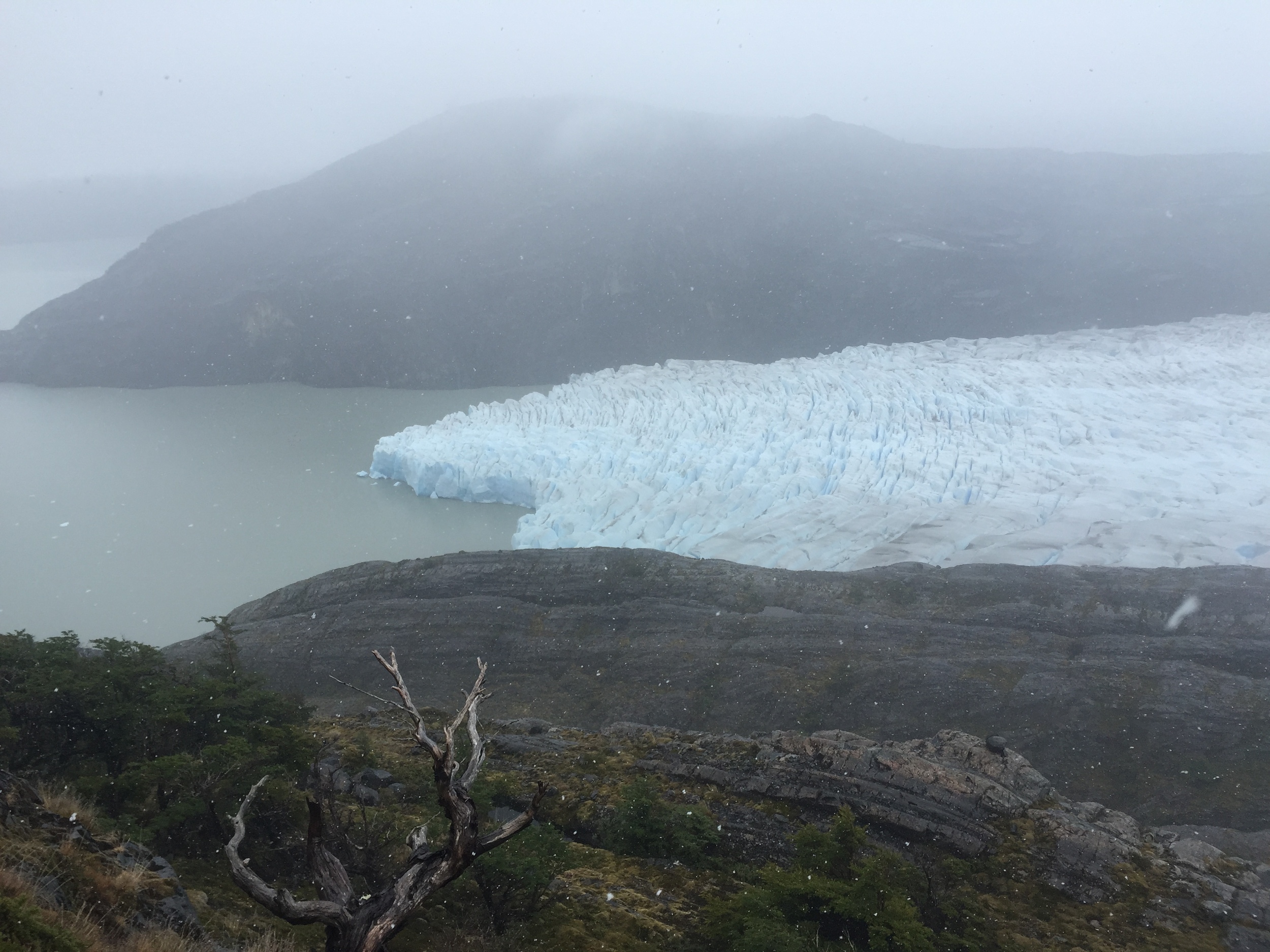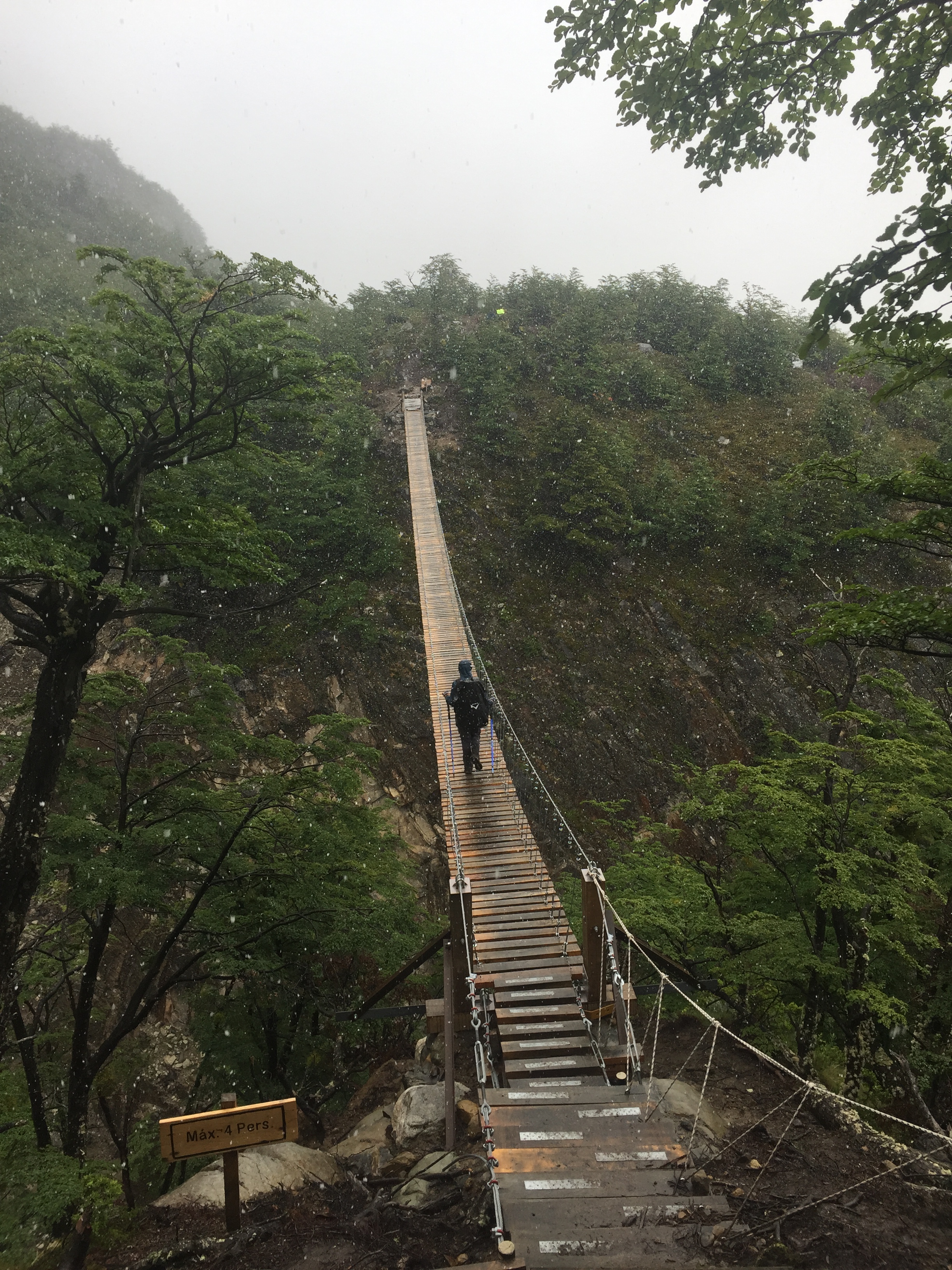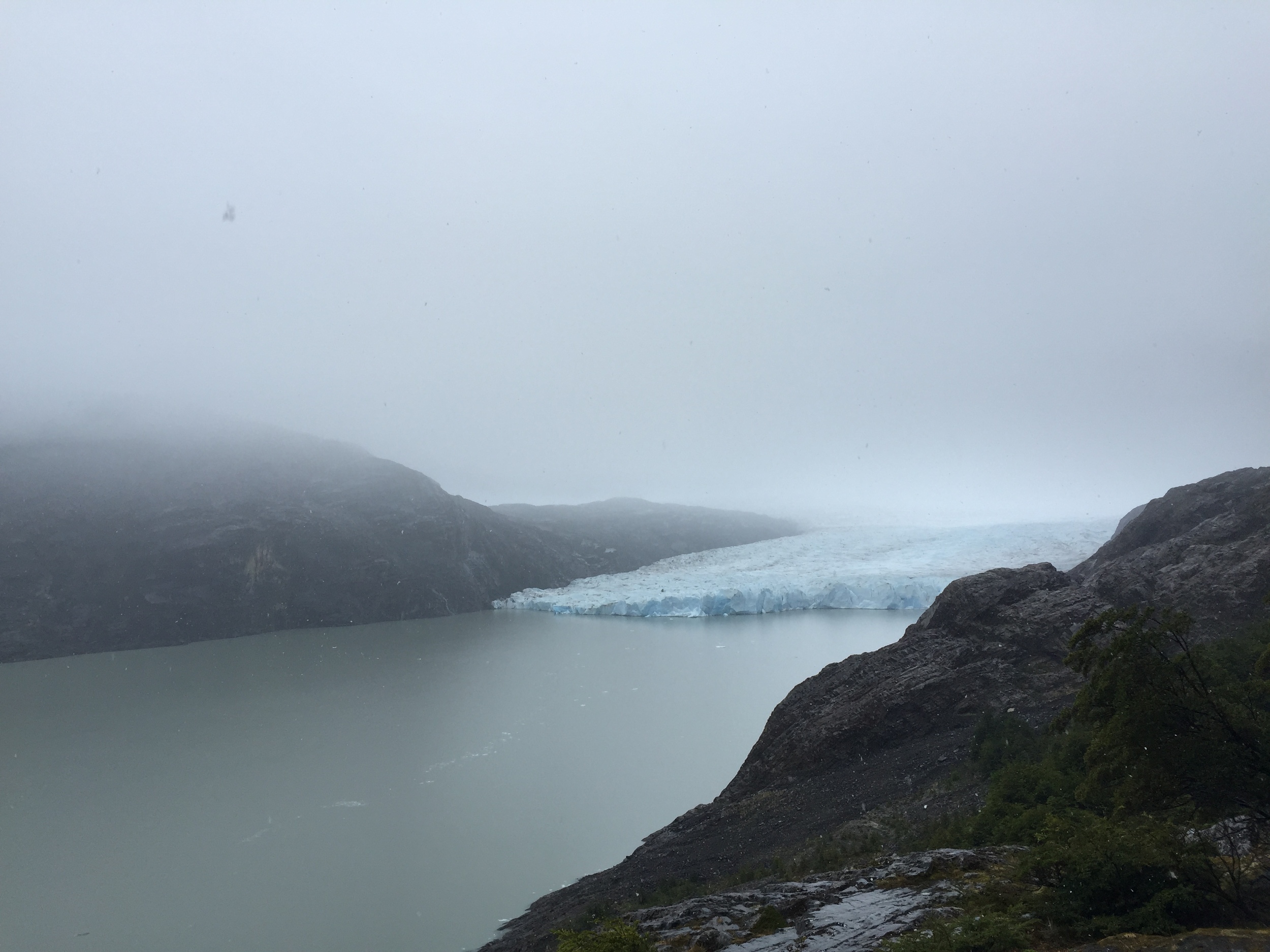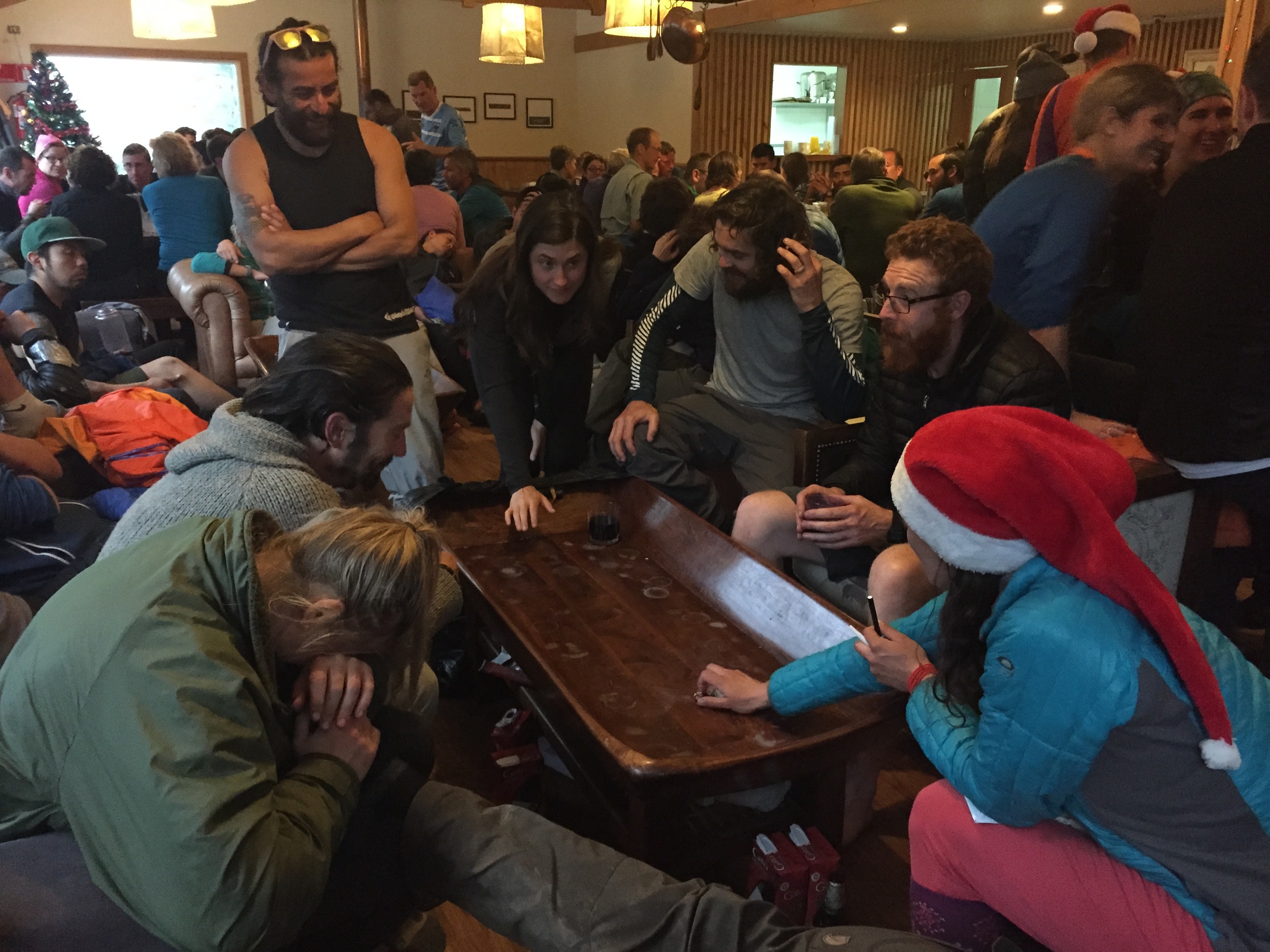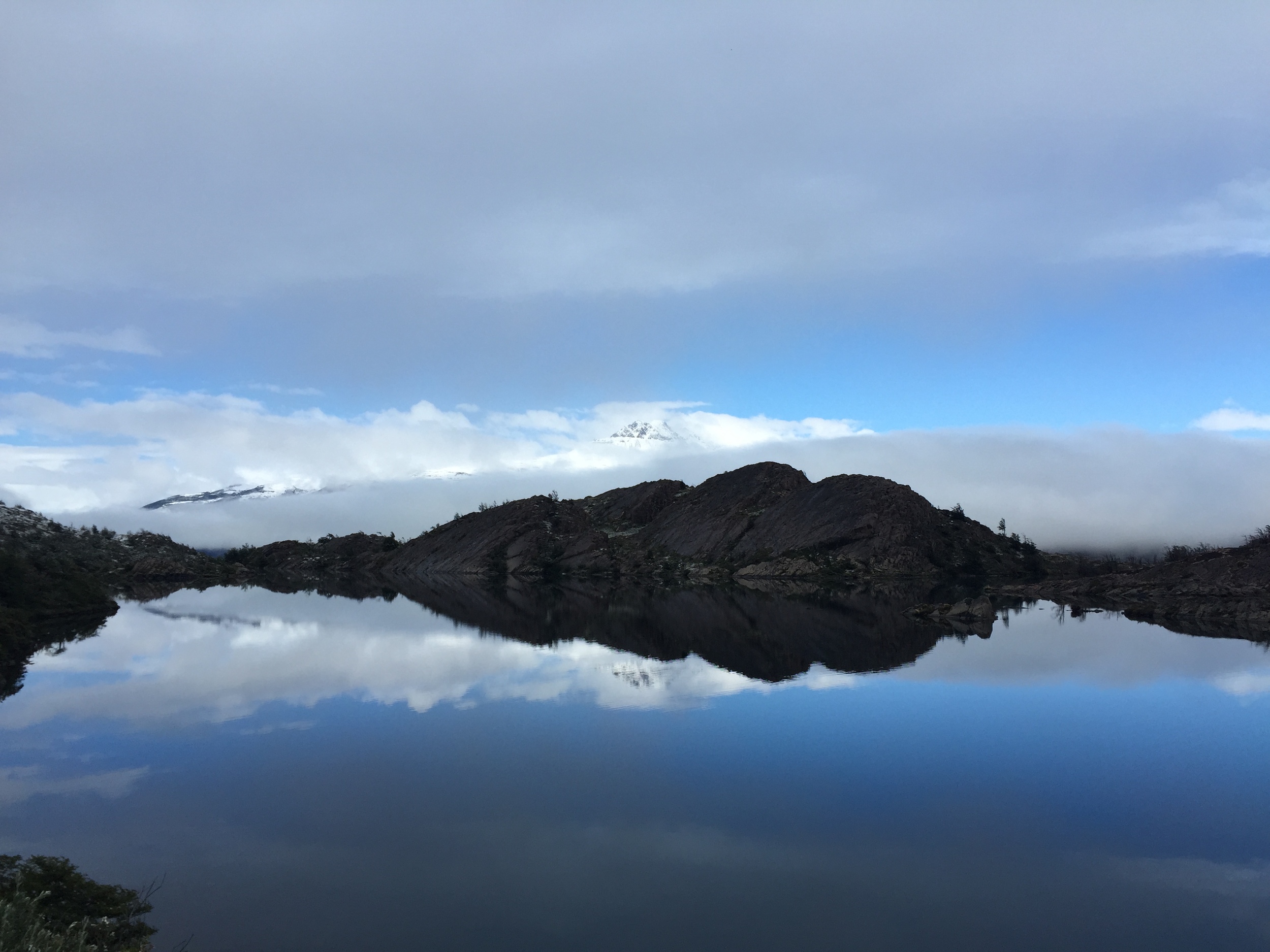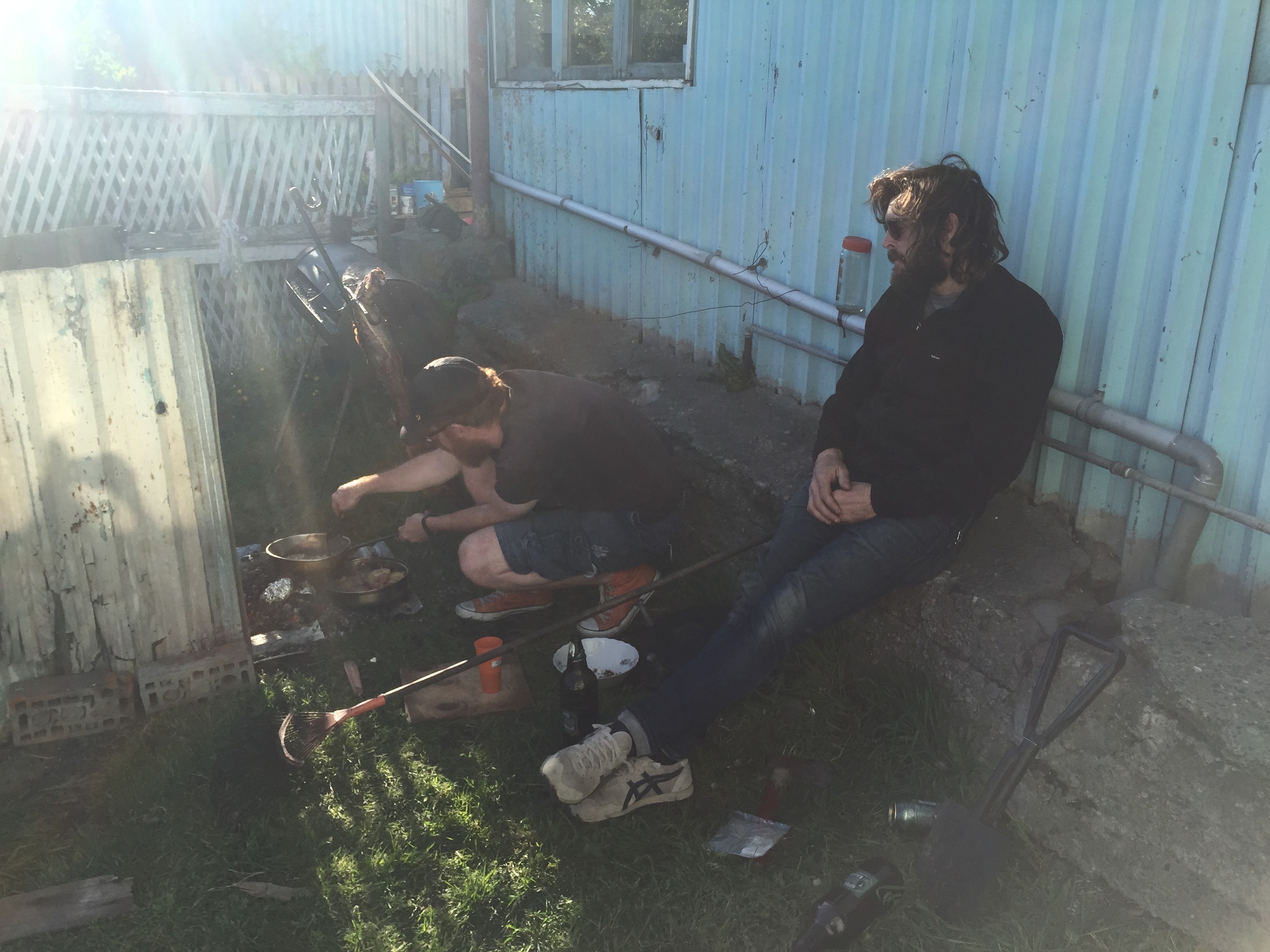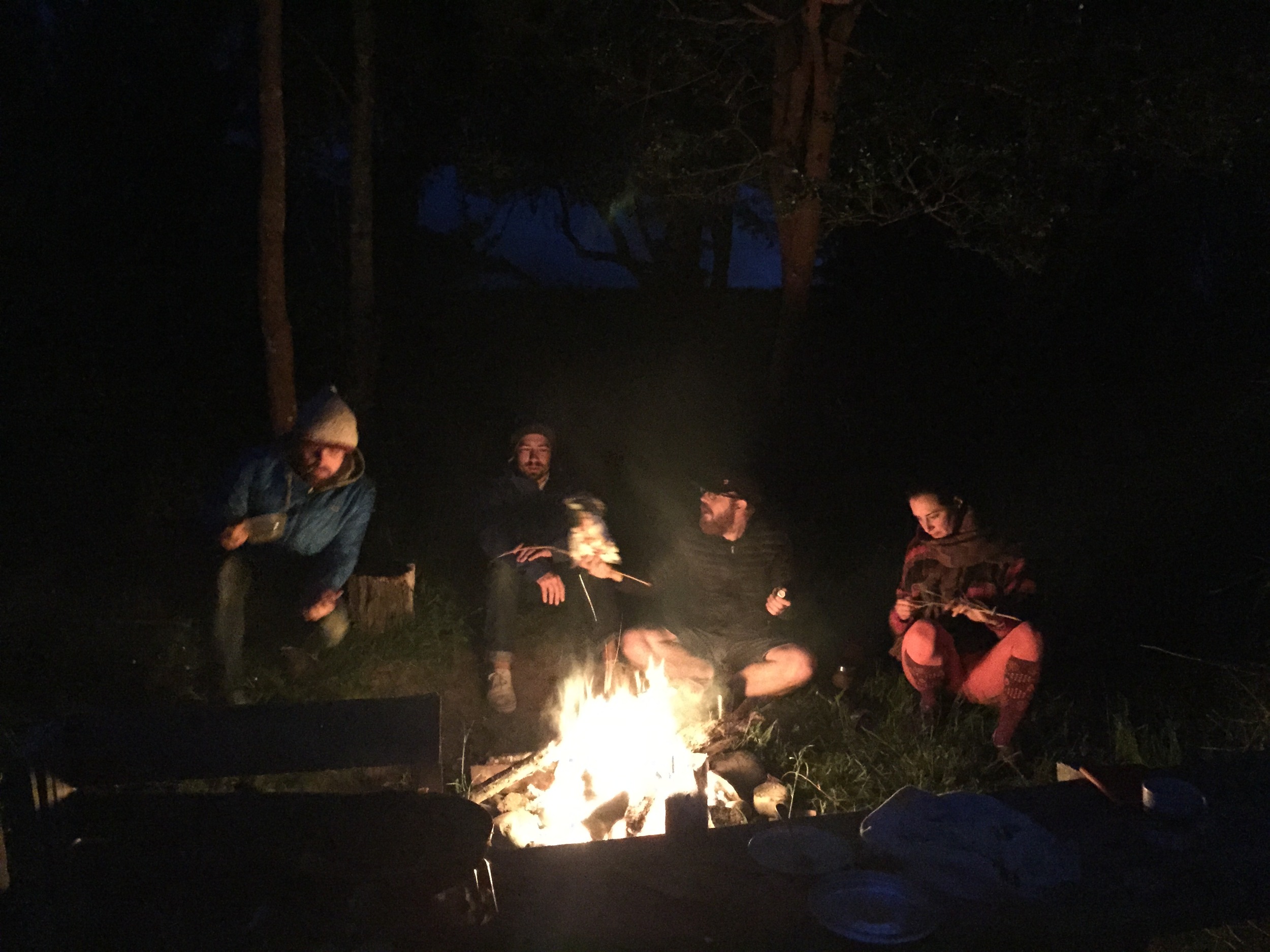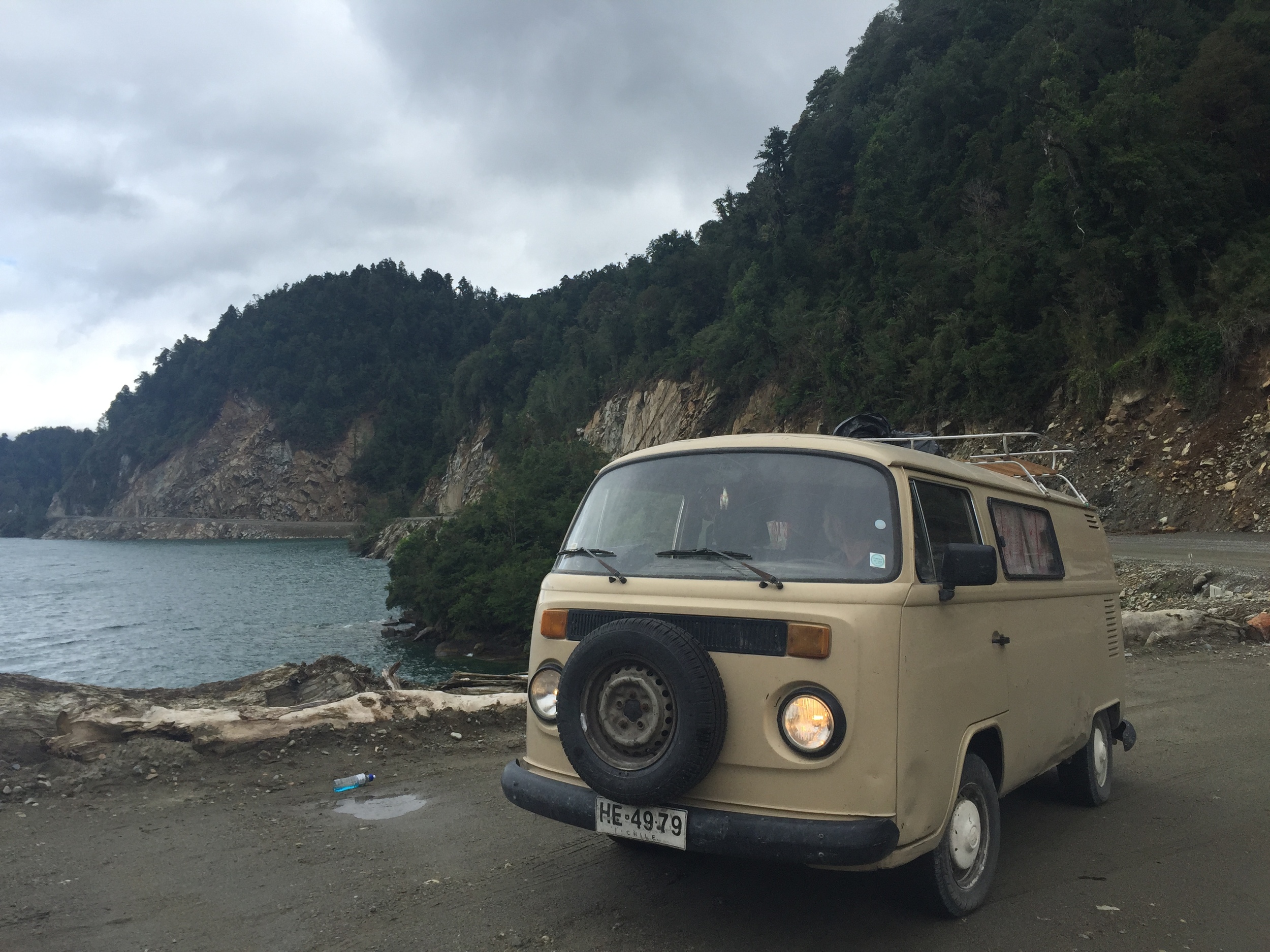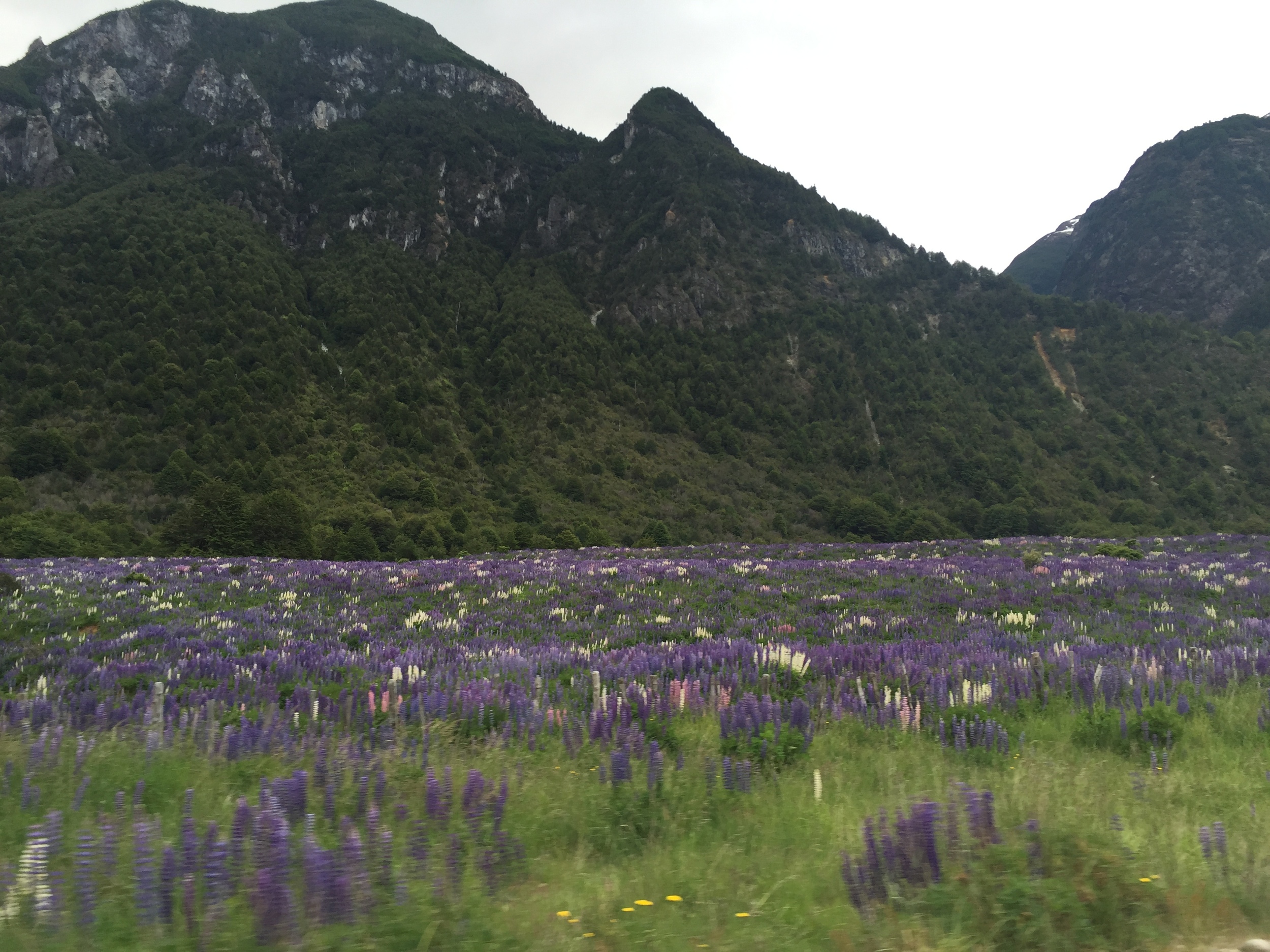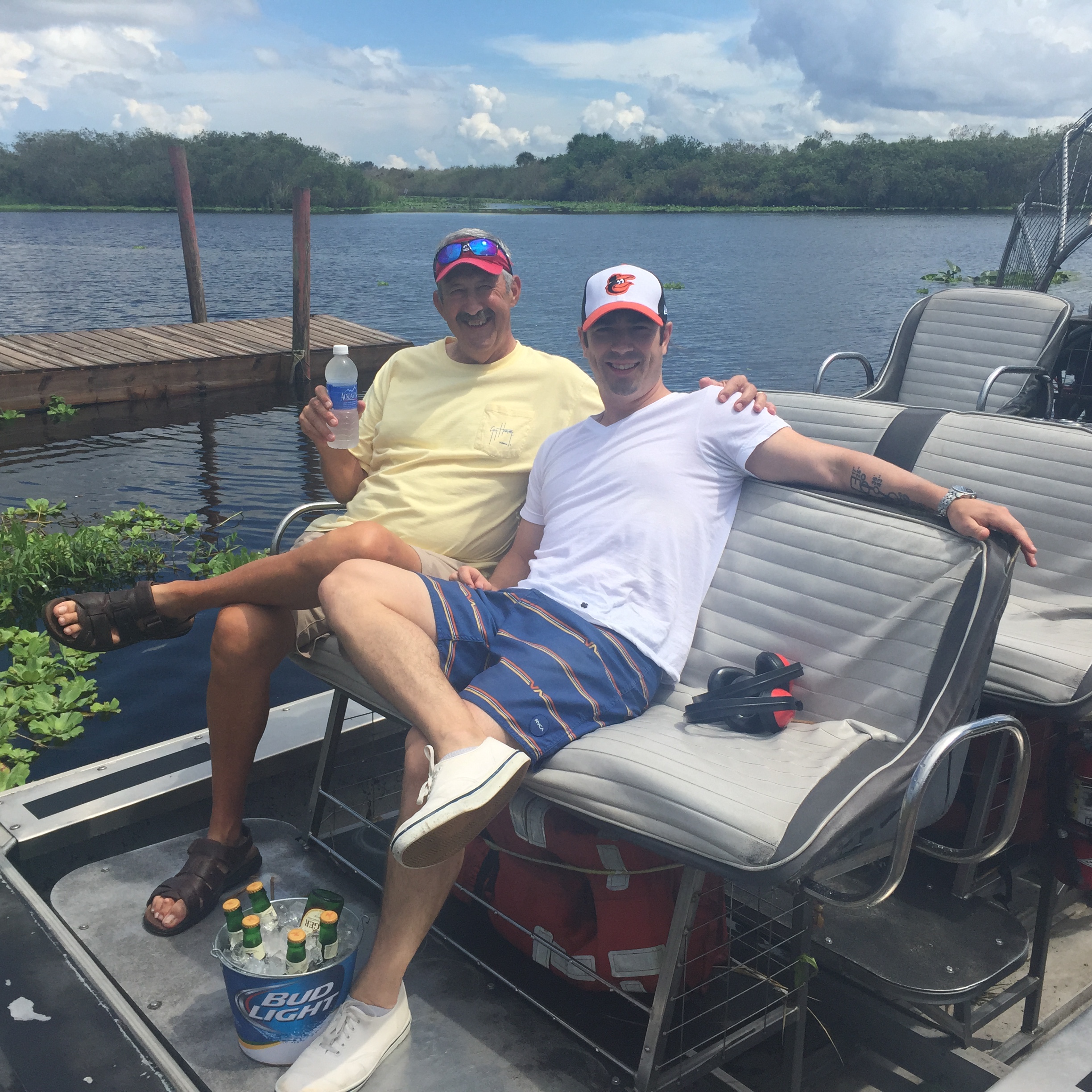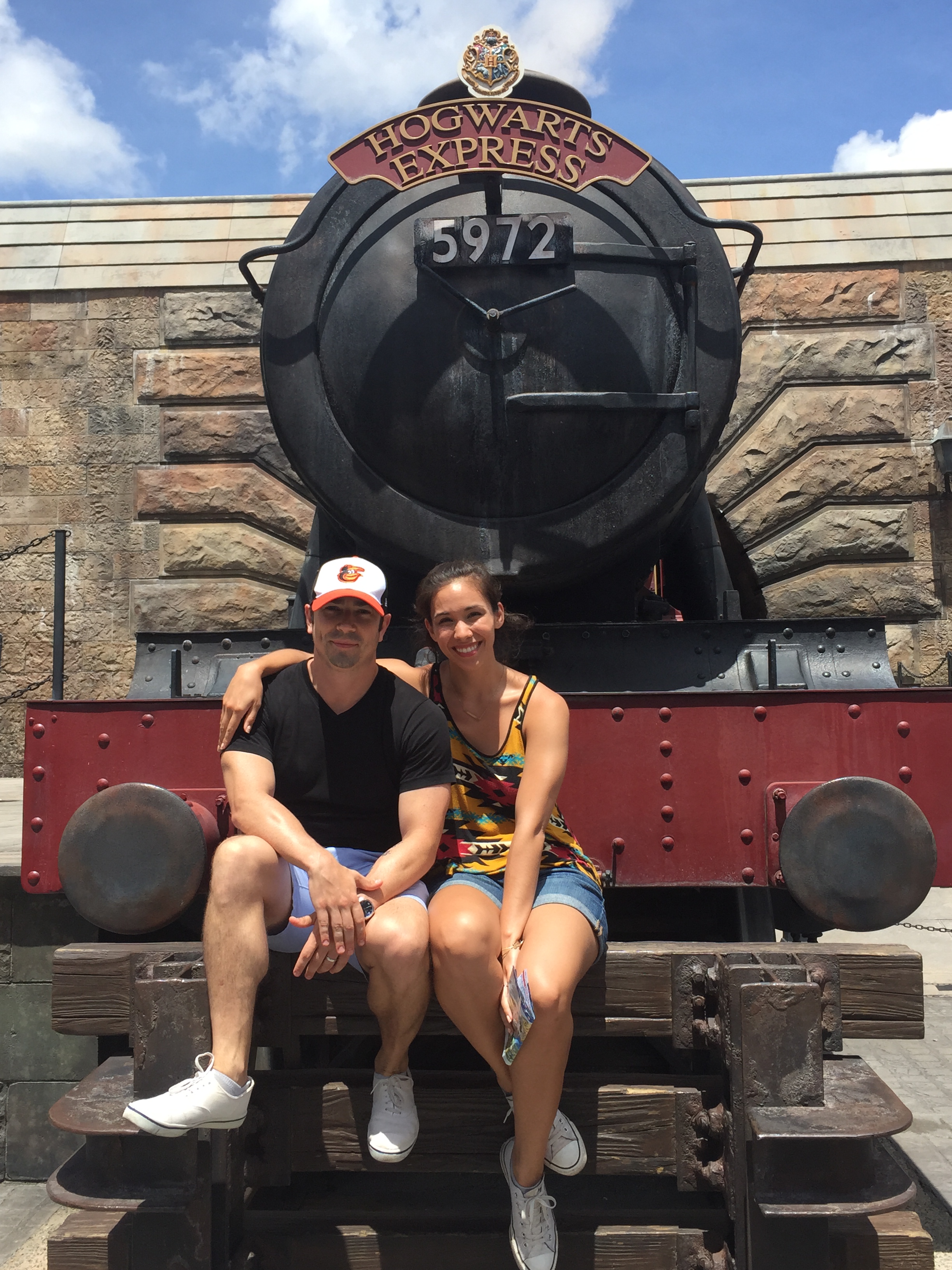Border Shenanigans And Breakdowns In Bolivia
By Shannon Cronyn
While we weren’t excited to be leaving Brazil behind, we arrived at our hotel in Corumba hoping to celebrate the actual day of my birthday, relax in a real bed, and make sure all our ducks were in a row for our border crossing into Bolivia. Knowing this would likely be our most difficult crossing to date, I had searched the Internet for weeks about land border crossings for Americans entering Bolivia and felt like we had everything we needed. With this fleeting confidence bolstering our spirits, we enjoyed a couple of days in Corumba eating our faces off (the hotel buffet had both cake and piranha soup for breakfast!) and otherwise relaxing before packing up Masi again and heading toward the border. New country, whoo hoo!
I was visibly nervous (a bad thing to be at an international border) and Danny tried to assure me it would be okay. Give them only what they ask for, one thing at a time, smile, be friendly….breathe. Turns out we could have been adorable alpacas bearing gifts of salteñas (delicious Bolivian pastries) and they still wouldn’t have let us cross. The border official flipped through our documents and said, oh no, you have passport photos with white backgrounds, we only accept photos with red backgrounds. Plus you’re missing this, this, and this. Ugh here we go… We tried to remain calm as we explained that we had everything that was stated on the website including the photo with white background. To which they replied that the rules had recently changed and the website was not up to date. *Face palm* We breathed. Okay, no big deal, we just go get our red background photos and make a few extra copies and come back. So we did and came back again the next morning. And guess what? This time, they told us they couldn’t use the red background photos, it was now white!
Now we were really annoyed and asked how the rules could have changed overnight. The border official waved a CD ROM at us by way of response. Well then. They also told us that they now couldn’t issue us a visa anyway. They only do it in emergencies when you can’t get visas at the consular office. Had we gone to the consular office? No we hadn’t. So at their suggestion, we drove back into Brazil again and stopped into the Consulate General de Bolivia to ask about getting a visa. No luck. The consular wasn’t there and wouldn’t be for a week and besides, they were out of visa stickers and didn’t know when they’d receive more. *Face palm* Not feeling like driving back to the border again that day we checked back into the hotel and briefly researched driving around Bolivia altogether before deciding to give the US Consulate in La Paz a call to see if they could help. We explained the situation and the woman on the phone said she would call the border office to see what was going on. Best I can guess, she told them to stop screwing around and to give us a visa because she called back and said that it would now be fine, they knew we were coming and we would get visas. Whew! We were still nervous the next day as we walked into the border office for the third time, but third time’s the charm right? We did have to make a few extra copies of stuff but at last they were piling all our documents into fancy manila folders to send to La Paz (very serious) and printing our visa stickers. And after all that, the two border officials couldn’t even decide which color pictures to use! *Eye roll*
Red backgrounds are the most flattering.
At long last, we were officially in Bolivia! After waiting around for the customs officer to make Masi official (this involved checking all her VIN and chassis numbers three times) we hit the road toward Santa Cruz, the largest city in Bolivia we learned. Our plan was to spend one night there and then continue southwest to Sucre and eventually the famous Uyuni salt flats. But Masi had other ideas. The morning we were to depart we got gas, some food for the road, and were not even out of the city when Masi blew another valve and started making generally awful noises. We apologized profusely to the girl we had promised a ride to, dropped her off at the bus station, and lurched back to the hostel. And so began the next chapter in Shannon and Danny’s VW Bus Maintenance Saga. I will preface this by saying that even though breaking down sucks and for us has usually involved expensive repairs, it has brought us into contact with some of the most awesome people in South America and maybe on the planet. The VW Kombi family is just like that. This shared love of something so quirky and impractical (I mean really, the bus is a bread loaf on wheels prone to all sorts of mechanical problems no matter how impeccable the engine) means that no matter where we go, help will come, homes will be opened, and food and stories will be shared. This time in Santa Cruz was the epitome of all of that.
Chillin' with new Kombi friend, Juan Pablo and his sweet orange bus.
A quick search on Facebook revealed that Santa Cruz did in fact have a Kombi club so I sent a message asking for a mechanic recommendation. I received a response within the hour from one of the group admins, Juan Pablo. Don’t worry, I can help, he assured us. He asked where we were staying and said he’d stop by that night for a chat. Amazing. He came by with his friend Giulio and the four of us talked VWs and traveling over beers. He left saying he’d be back in the morning to take us to his mechanic, Don Edil, a VW specialist. To sum up, Edil opened up Masi’s engine block and discovered that we needed to rebuild the engine as well as do some work on the transmission. Womp womp. This was not good news at all. The only thing that made it bearable was how awesome the Santa Cruz Kombi peeps are. The first couple of days, Juan Pablo drove us around and made sure everything was clear and fair while talking to the mechanic and dropping parts off at the rectification workshop. And when JP had to leave town on business, his friend and fellow Kombi club member stepped in. Fernando Cabrera.
This man is a saint, truly. Telling him this will illicit a humble blush and a shake of the head but perhaps that is what makes it all the more true. For a whole week Fernando carted Danny and I around with him, alternating between running to auto parts shops for us and making business stops for him. Always stopping somewhere for lunch and then at the end of a long day we’d end up at the market buying beer and wine and meat for the grill. Evenings were spent talking about music (Fernando plays guitar beautifully), VWs, and family. Our hearts were full to bursting. And when our hotel reservation was up, Fernando insisted that we stay with him and his family, making up a bed in his daughter’s room for us. He didn’t tell little Raquel that he was going to do this so when he called her in to mom and dad’s room to sleep she gave the most wonderfully indignant look a five year-old can give. Don’t worry, I bought her a giant box of Crayola crayons as a thank you.
Pre-BBQ drinks and conversation with the one and only, Fernando.
After all the parts were bought for Masi and we had not much else to do except wait, we decided to squeeze in a short trip to Samaipata, a small town a couple of hours outside Santa Cruz. It’s a beautiful place, nestled amongst lush, fertile hills (meaning lots of fresh veggies and local wine!) and a popular jumping off point for exploring cloud forests, watching condors, and also exploring the Ruta del Che (a tour through some of the last few villages where Che Guevara last lived and eventually was killed). After a long, bumpy bus ride up into the mountains, we arrived exhausted and hungry at El Pueblito, an awesome hotel up on a hill overlooking the town and next door to a winery (Uvairenda 1750—really delicious!). We got a warm welcome from the owner who offered to make us some sandwiches even though the kitchen had closed. We scarfed them down then enjoyed a bottle of wine from the winery while watching the season finale of Game of Thrones in front of a roaring fire. After all the Kombi shenanigans it was just what we needed.
The charming "square" at El Pueblito Hotel in Samaipata.
Our first day in Samaipata we did a nice little hike up in the hills and had a lovely lunch at La Vispera, an organic eco-farm retreat with guesthouses, camping, and a slow food café where they pick the ingredients for your meal from the garden after you order. That evening we headed down to the square for the kick-off of the Aymara New Year festivities. We had been told that ceremonies would begin in the square after which the whole town and hundreds of other Bolivians and tourists would gather up on the ruins outside of town for a huge all-night party (food, drinks, music and dance presentations) that would culminate with the final ceremony at sunrise on the ruins themselves. It was a long night that turned out to be rather damp and misty so we were thrilled when the enormous bonfire was finally lit. The rest of night alternated between watching the music and dance presentations, drying off in front of the fire, and drinking sucumbé, a beverage made with hot milk and signani, a Bolivian brandy distilled from grapes. Sounds weird but it was actually really really good and one of the only drinks that I can have more than a third of and still feel fine. As dawn drew near, we made our way out to the ruins for the sunrise ceremony. Unfortunately, the morning was thick with mist and clouds so it was not the dramatic experience we had hoped for. Exhausted, we caught a cab back to town and slept the rest of the day before catching another bus back to Santa Cruz.
Foggy sunrise ceremony to celebrate the Aymara New Year.
On the way, we stopped off at Ginger’s Paradise where we were supposed to meet Juan Pablo for the night and then ride with him back to Santa Cruz in the morning. But without cell service we didn’t know that Juan Pablo’s plans had changed and he wouldn’t be coming. So there we were, wandering around this purported paradise in the dark (no electricity here!) and finding no one. Finally, the owner’s son and another volunteer showed up and explained what had happened. At least there was a bed for us the night. We declined an offer of leftovers that we had already seen in the kitchen swarming with flies, and flopped down on a lumpy mattress in the attic of the main house and hoped that morning would come quickly. The place was decidedly not a paradise. Thankfully we were the only ones there because it was clear from the dozens of small mattresses and sheets piled in the corner, guests all slept next to each other in one room, more flophouse than idyllic eco-paradise.
Waiting for the bus the morning after Ginger's Not So Paradise.
Back in Santa Cruz, we had only a few hours before Danny had to head to the airport to catch a flight to Cartagena for our good friend, Jon’s, bachelor party while I stayed behind in Bolivia. (See, I told you we never learn…) But thankfully, Fernando and his family took me in as one of their own. It felt good to be so easily folded in to their routine of pancake and tea breakfasts, family lunches, and quiet evenings at home or visiting friends. That weekend, Fernando’s wife, Veronica, asked if I’d like to join her for a cycling event. Yes please! She helped me rent a bike and helmet and the three of us (us two and Gabriel, Veronica and Fernando’s son) set off for a really fun ride with hundreds of other people on a beautiful, sunny afternoon. The best part? Free choripan after the race! (Choripan = chorizo sausage on a French roll, yum!)
Gabriel, me, and Veronica at the start of the race.
When Danny returned from the bachelor party, we were approaching three weeks in Santa Cruz. Masi was back to normal (running like a champ and no more popping out of first gear!) and so we wrapped up our final day with Fernando and the family with a chicken adobo lunch cooked by me and gifts of coffee (bought in Cartagena), wine, and Crayons for little Raquelita. It was a tearful goodbye as we set off leaving such a beautiful family behind. With only ten days left on our entry visa, we had to hustle to cross the border into Peru which meant, sadly, that we would miss Sucre and the Salar de Uyuni. But at least our hard won visas are good for ten years! Masi was purring like a kitten and we wasted no time driving north to Cochabamba.
Gabriel showing off those selfie skills. We miss you Cabrera family!
After nearly three weeks in Santa Cruz we were excited to stock up on food and camp again. There was a great campsite just outside of Cochabamba that we had read about on our trusty iOverlander app and we pulled up in the late afternoon sun ready to settle in for a few days before continuing on to the craziness of La Paz. But would you know it, the owner shook his head and said we couldn’t stay because a group of Mormons from the States had rented the whole place until August! With only one more option, we left as the sun sank lower in the sky to try and find El Poncho’s Ecocenter. One frustrating drive later (our mapping app tried to take us through a friggin’ rock quarry and after driving in circles in the ever waning light, a truck driver finally pointed us in the right direction) we pulled in to Poncho’s exhausted and in need of a drink. The next few days were actually unexpectedly pleasant. The place was really well done, more of a weekend retreat than a campground, and we had a few meals prepared by their onsite chefs. Danny and I both had some work to do so it was a pretty uneventful week and then we were off to La Paz.
The dining room at El Poncho's built completely by hand with local materials.
Oh good lurd, the traffic in La Paz. Coming from the south, you approach the city from El Alto, the sprawling city 1000 feet above La Paz, also the location of the world’s highest airport at 13,300 feet (AND also what Danny’s suspects is the world’s highest Subway). The quiet highway abruptly turns into a manic, seething mass of trufis (van taxis), cutting you off, stopping on a dime to let someone on or off, and generally giving Danny a few dozen more grey hairs. Then the traffic down the hill, 1000 feet into the giant bowl that is La Paz. It’s pretty impressive actually, the way the buildings creep higher and higher up the side of the bowl until it’s only accessible by stairs and cable cars. Stop and go, pulling the e-brake every time we’re stopped to avoid stalling, and finally we pull in to our hostel. It was crap, I won’t go into suffice it to say we moved to a very nice hotel (the Stannum) for our final night in La Paz before crossing the border. I’m sure La Paz has so much more to offer than what we saw in our brief two days (we searched for a place to sell us car insurance—no luck, put some food in our faces, and almost saw World of Warcraft but at the last minute doing nothing sounded better) but that will have to wait for our next trip. We’ll be back Bolivia, don’t you worry!
Sprawling La Paz seen from our room at the Stannum.
Up next, Peru and encounters with police at Lake Titicaca!



